By Ang Xin Yee and Rachel Teo
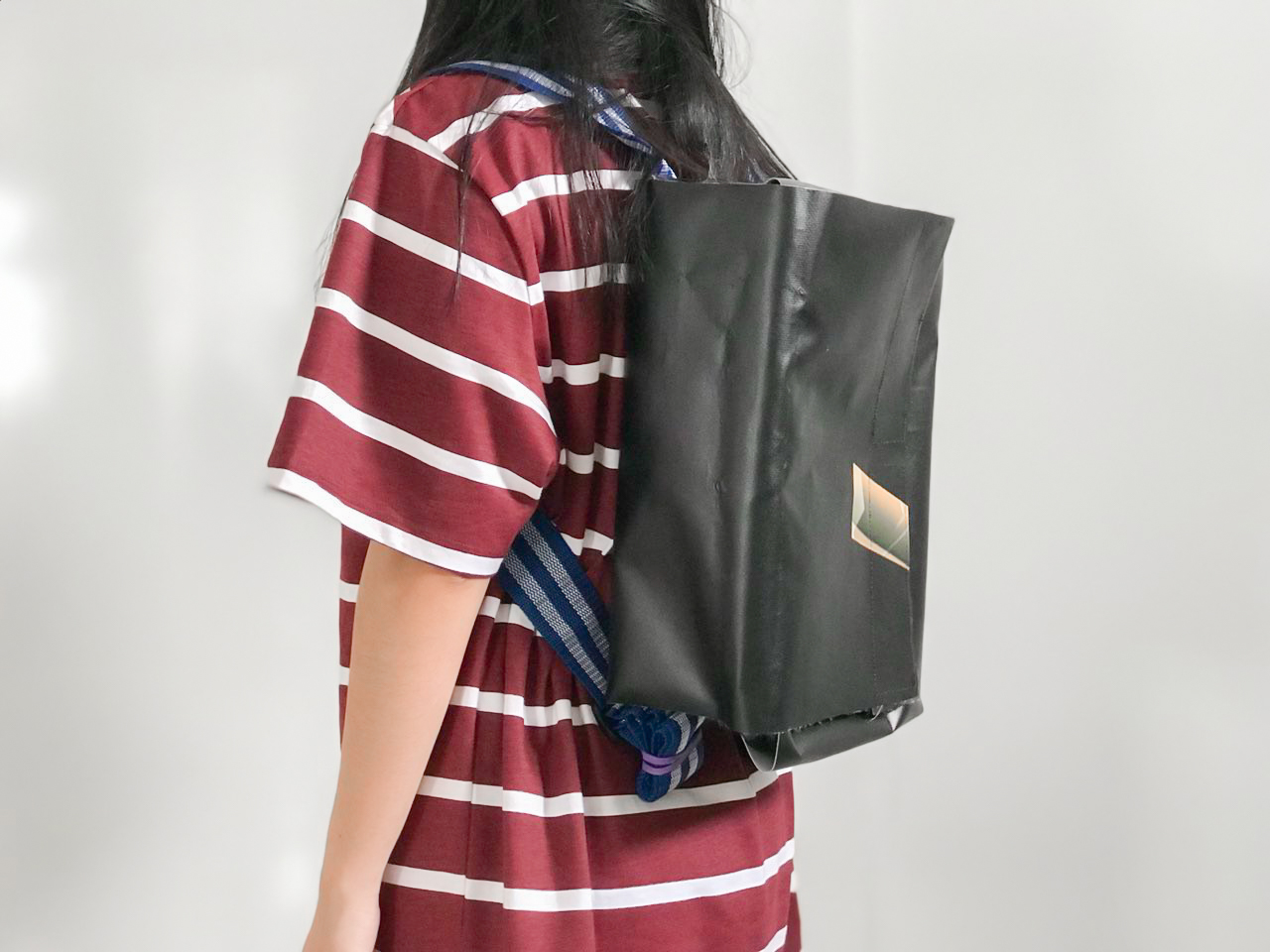
Print documentation:
https://drive.google.com/open?id=1bhrszCpynp39sqy8K-QTF0_G5rMJLFrC
Online documentation:
http://bit.ly/4225ohwax

Based on work by Hannah Perner-Wilson, Andrew Quitmeyer, Rad students, and more!
By Ang Xin Yee and Rachel Teo

Print documentation:
https://drive.google.com/open?id=1bhrszCpynp39sqy8K-QTF0_G5rMJLFrC
Online documentation:
http://bit.ly/4225ohwax
1. A CRAFTSMAN JOURNEY: FROM DREAM TO REALITY
This was my favourite field trip out of the 4 that I attended. It was a hands-on workshop and we got to take away our DIY products home.
The workshop was lead by Theodore, the founder of Theo10, to design and create our very own moisturizer and insect repellent, which are also the products that Theo10 is known for. He provided us with the necessary tools and taught us how to create our own concoctions. We experimented and went through many trial and errors to create our own unique scented products. Overall it was really fun, but we also learnt that the process is not easy.
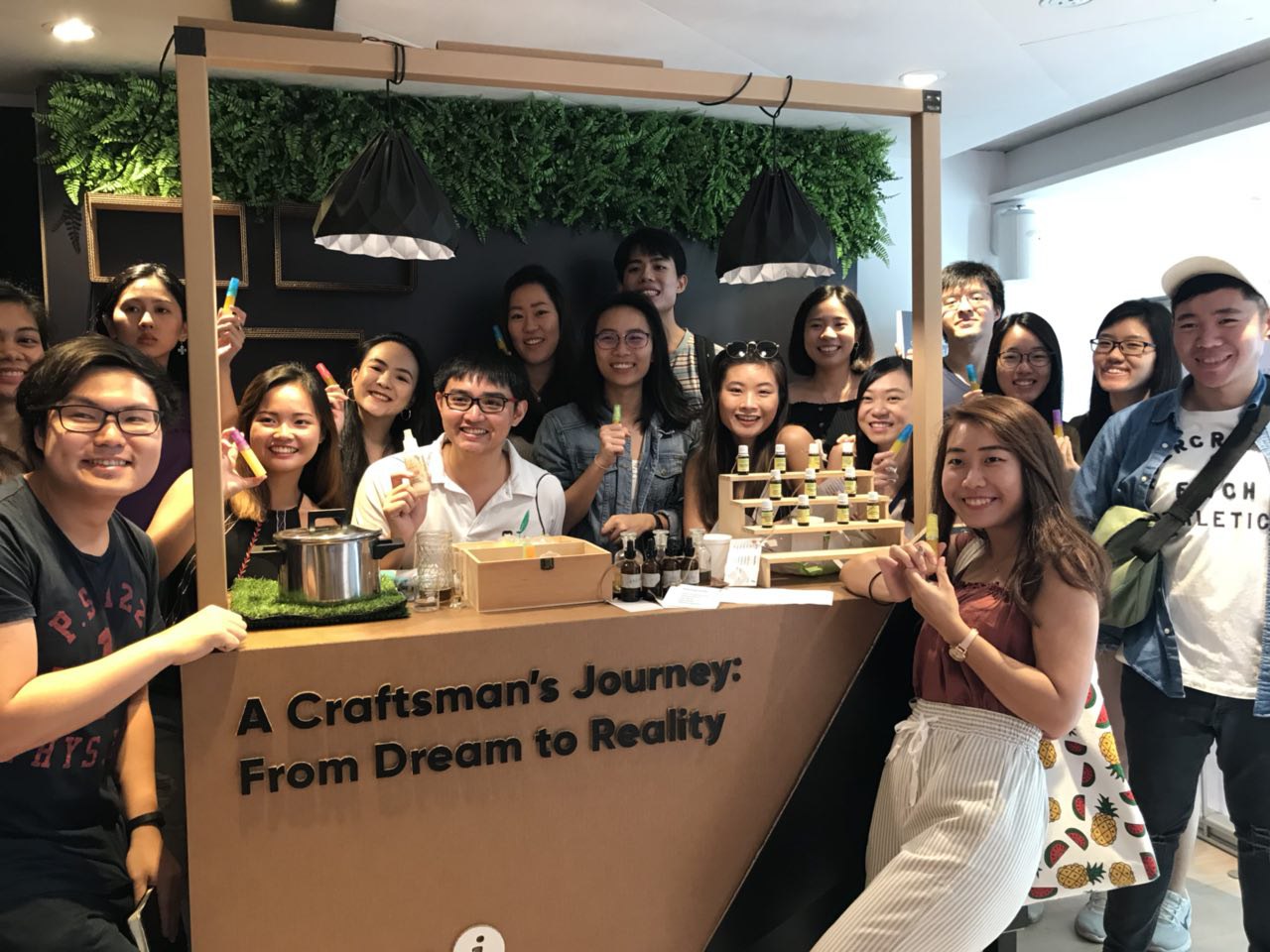
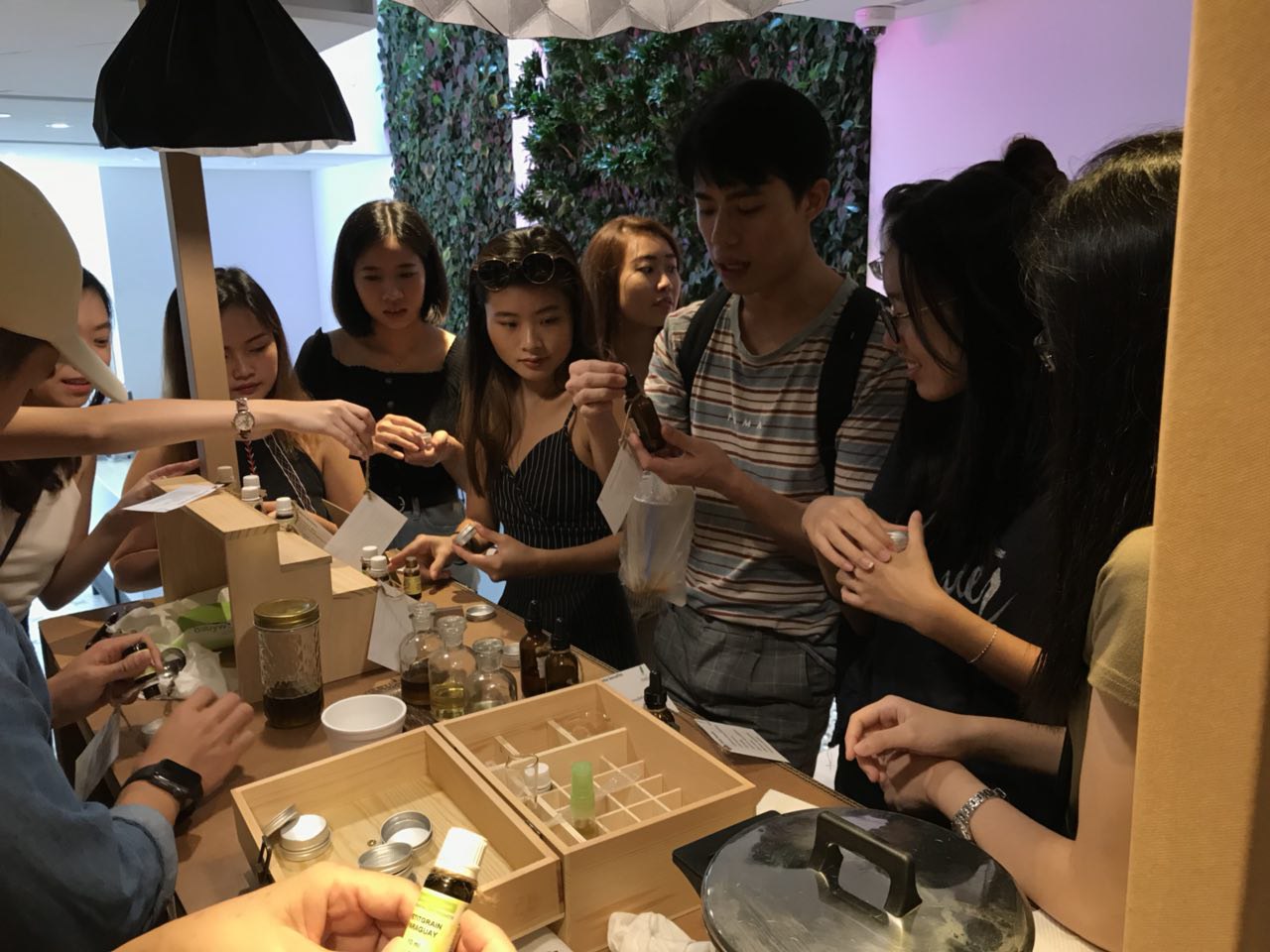
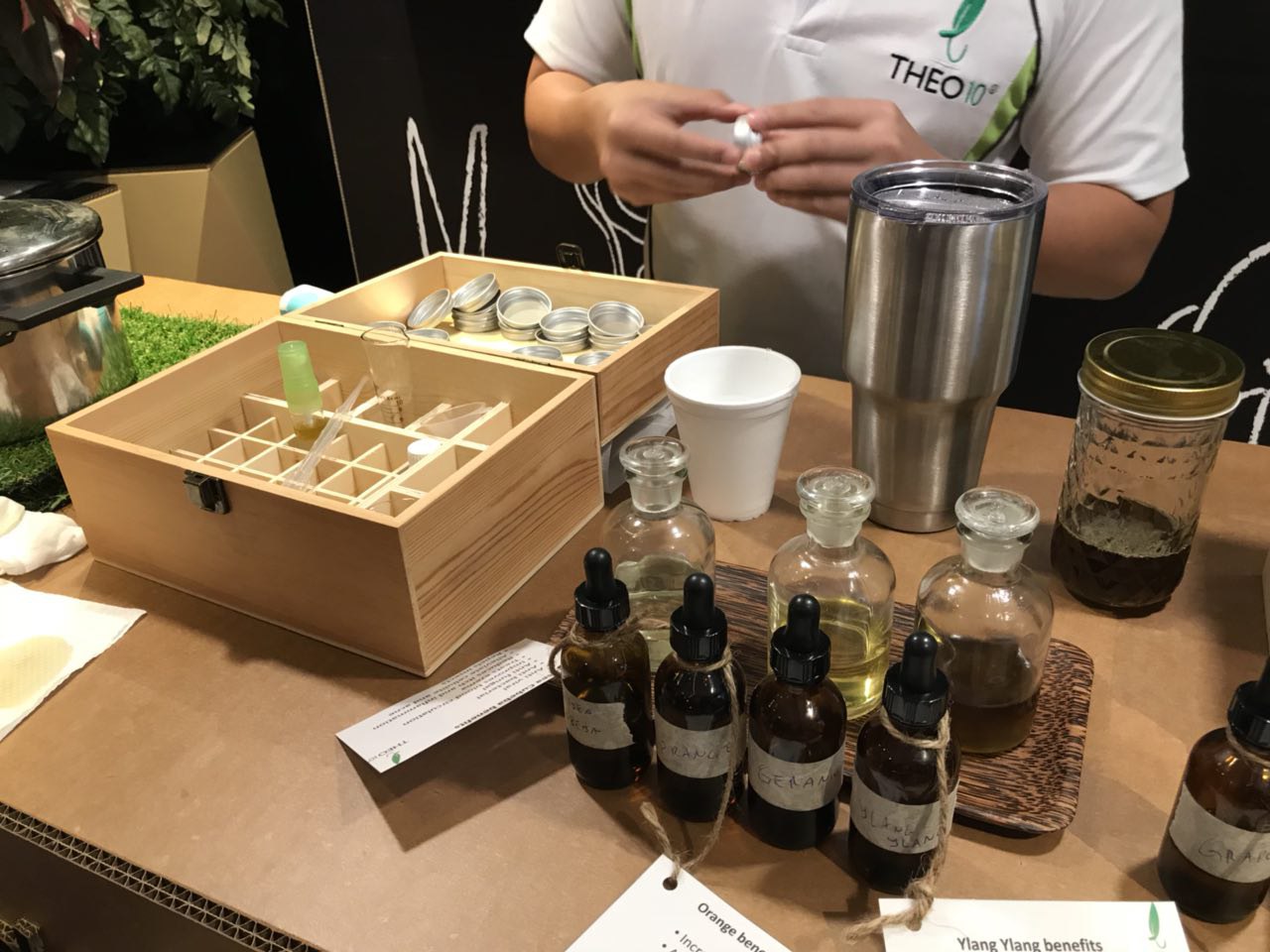
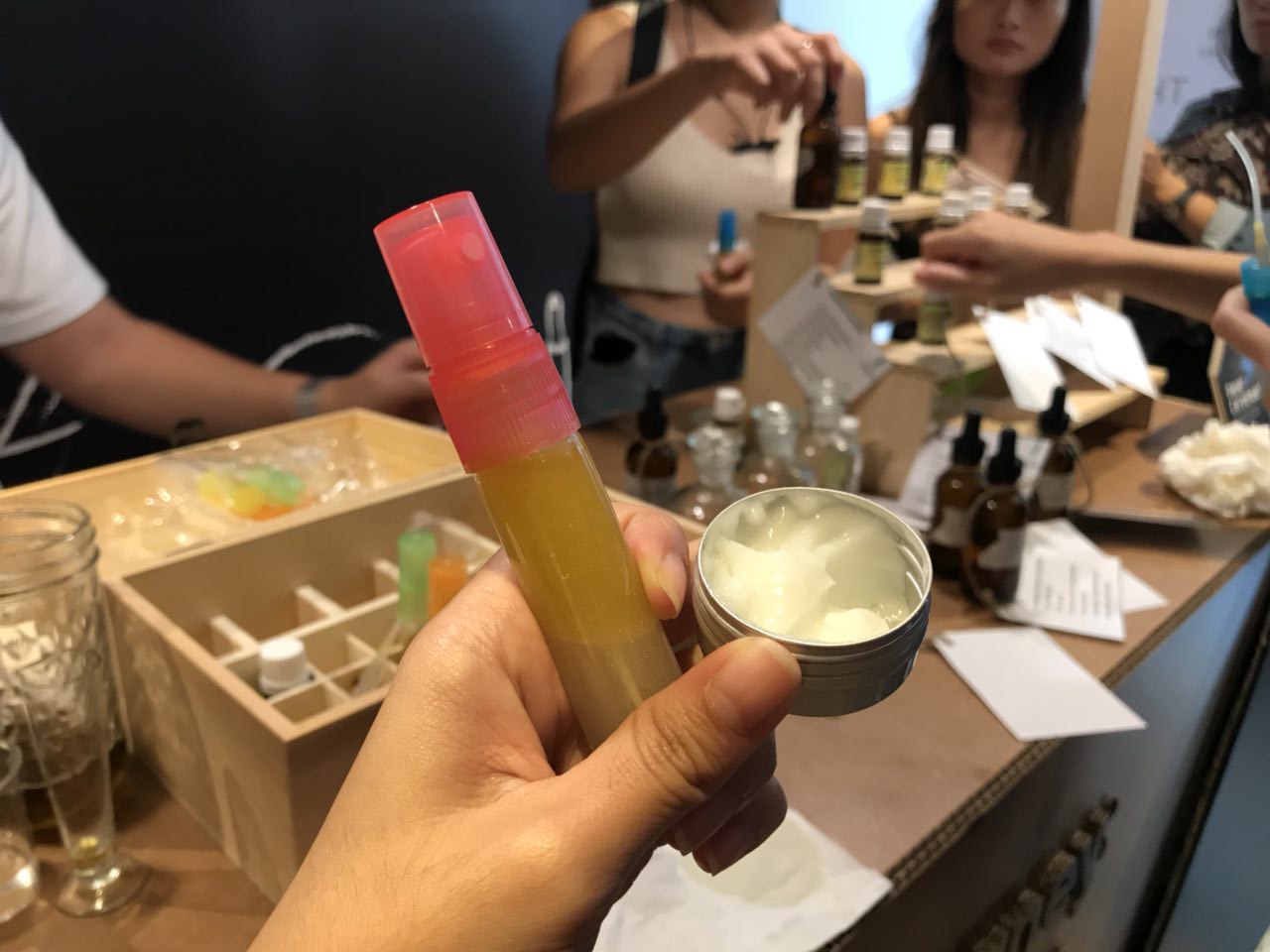
2. “A Preview of the Future – Red Dot Award: Design Concept”
The designs exhibited in this exhibition were simply out of this world! From furniture to technology, and also wearables, the exhibition showcases design concepts from designers/inventors all over the world – all of which whose concepts have been awarded an award. Many of the design concepts were very futuristic and innovative, which aims to solve a problem and or to make lives of users easier. I felt that it was very similar to what we are trying to achieve in our Design Fiction module. The exhibition was very inspiring for us in the creation of our own projects.
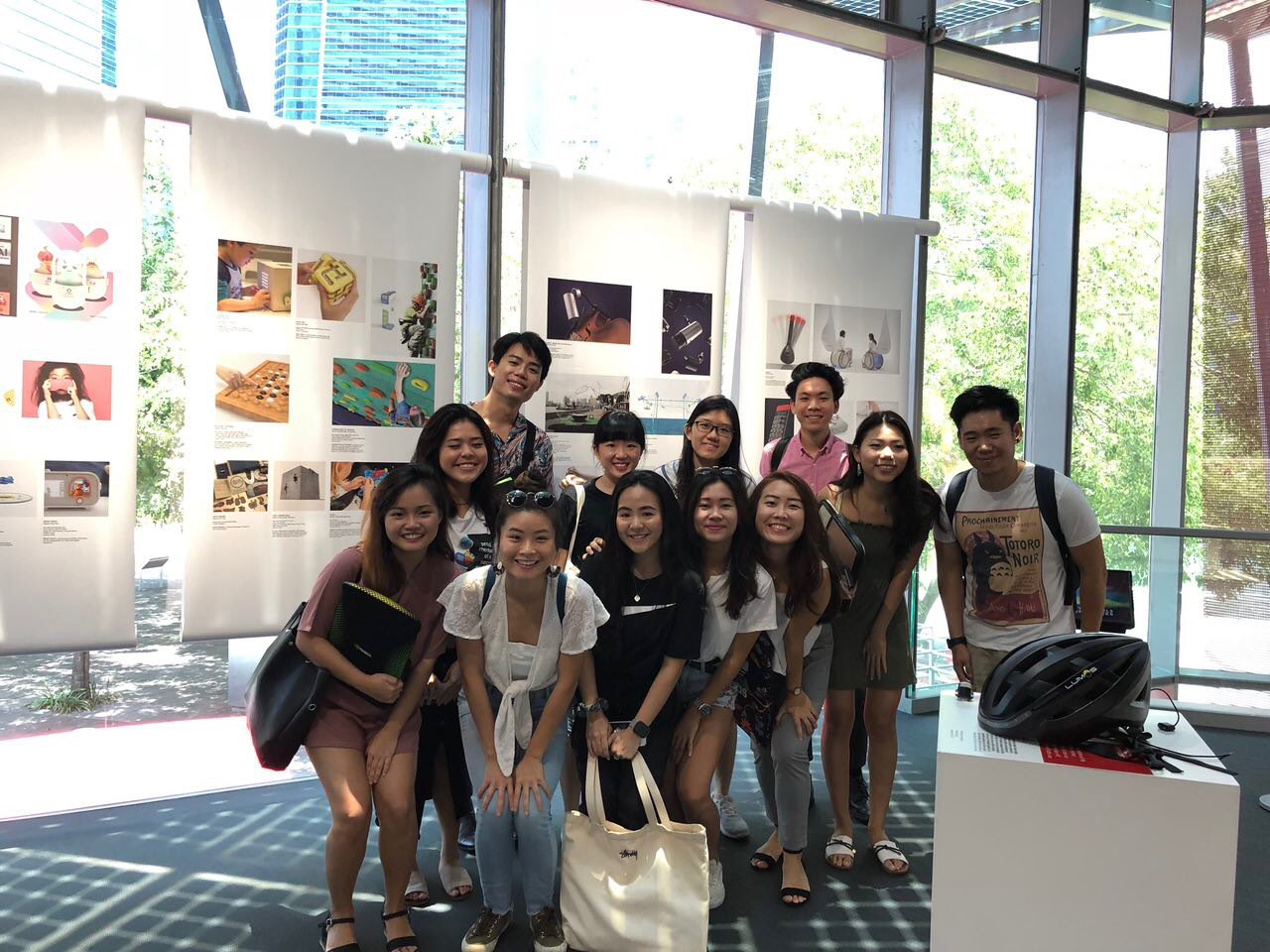
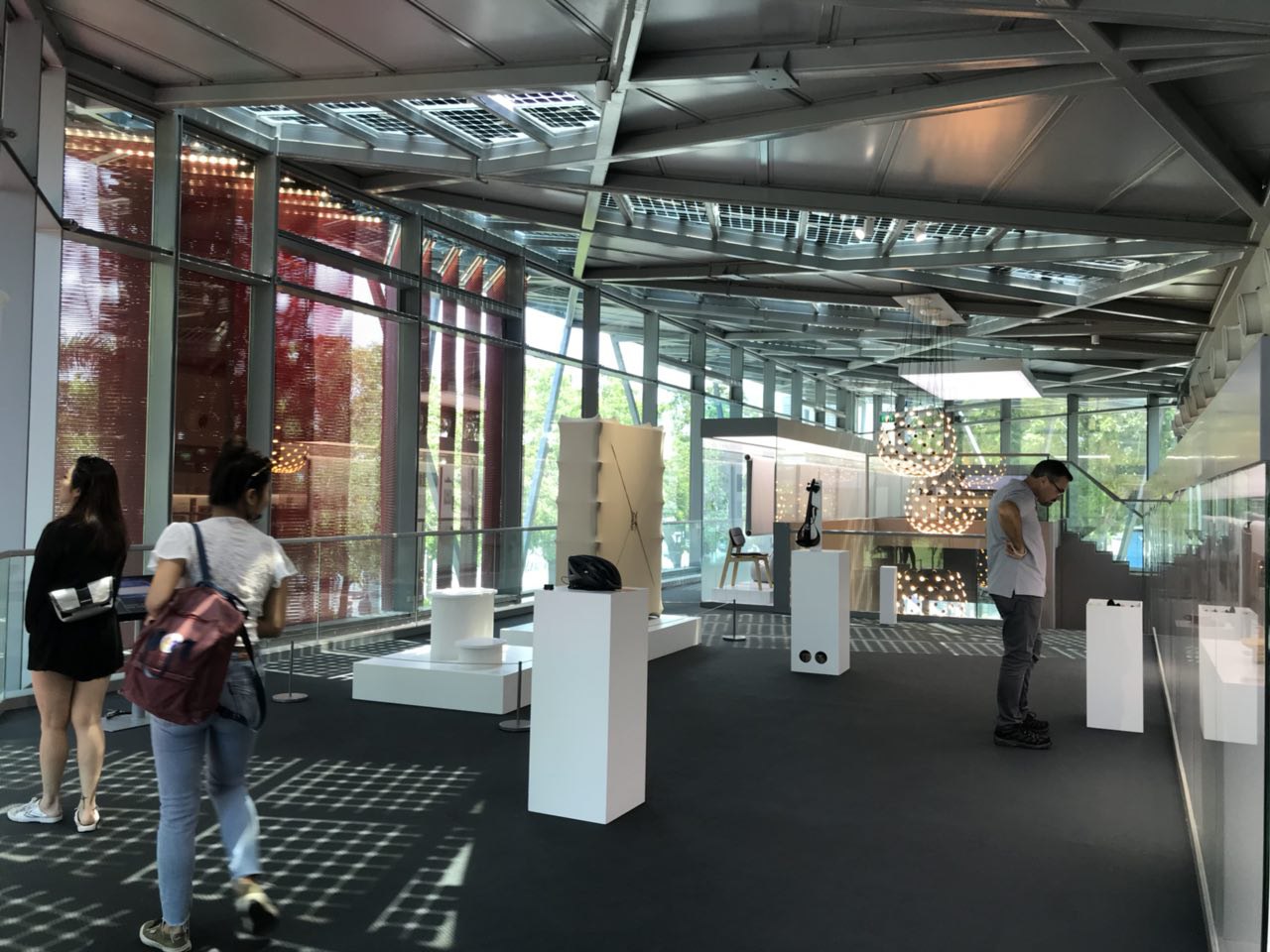
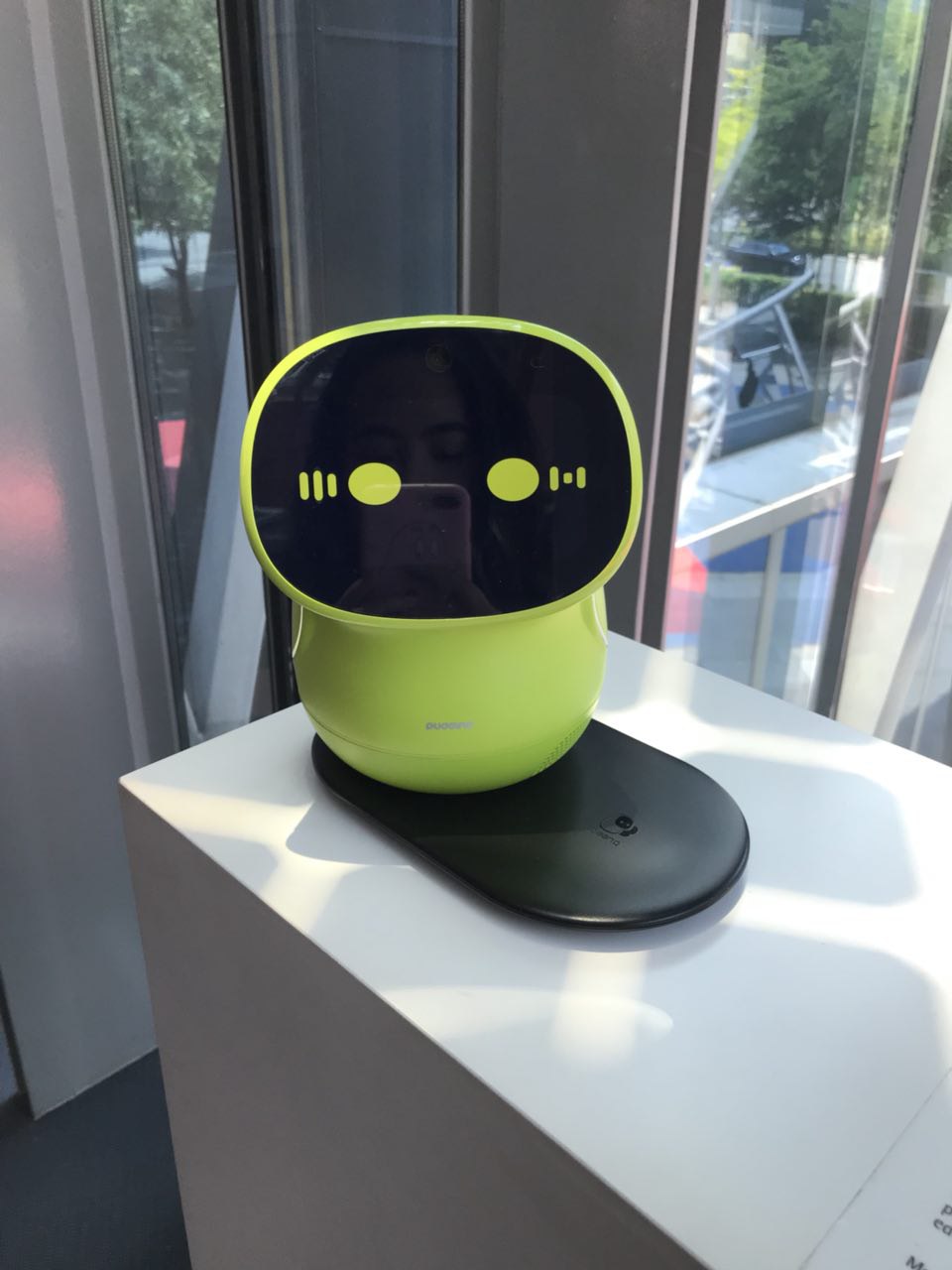
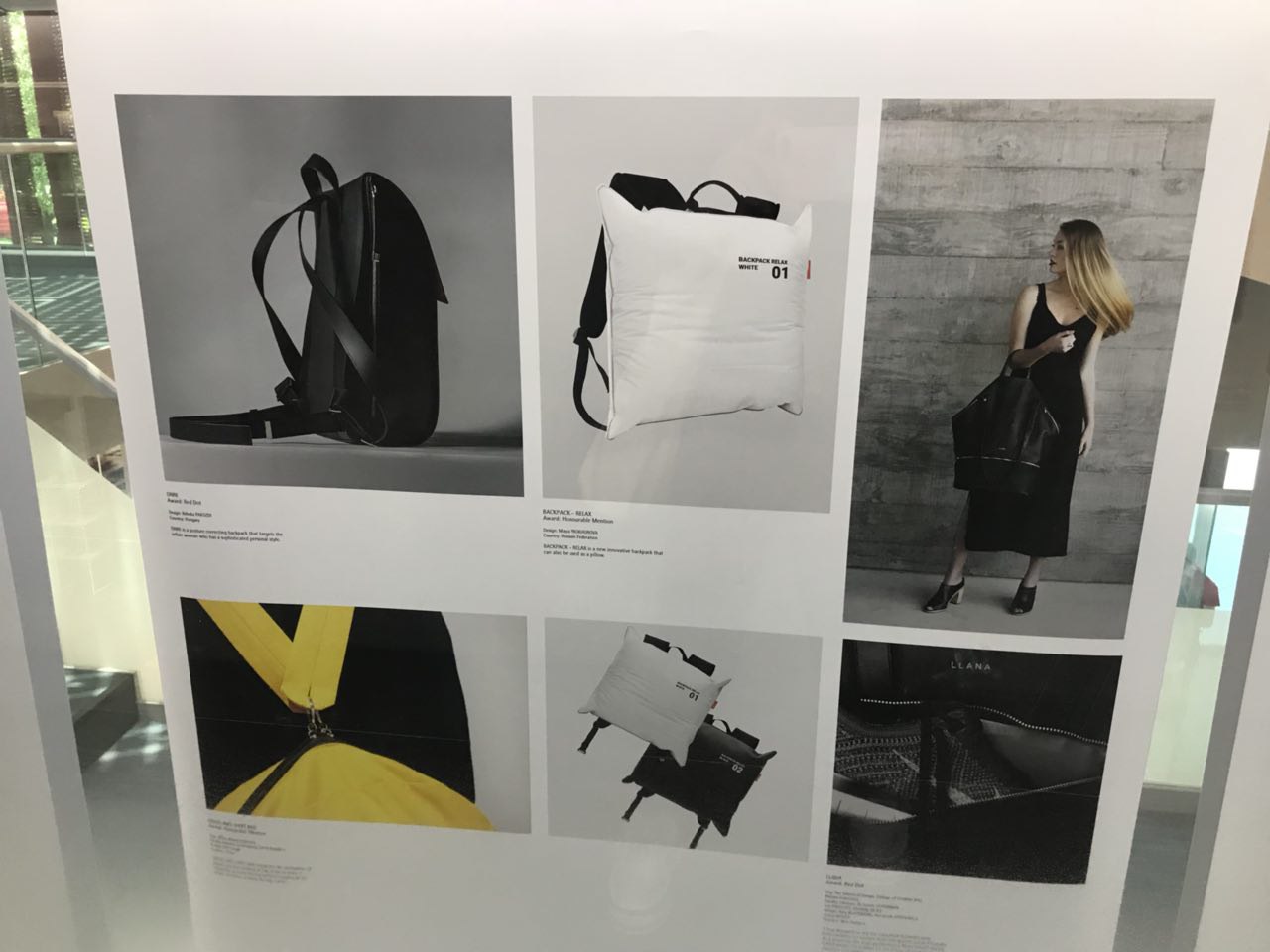
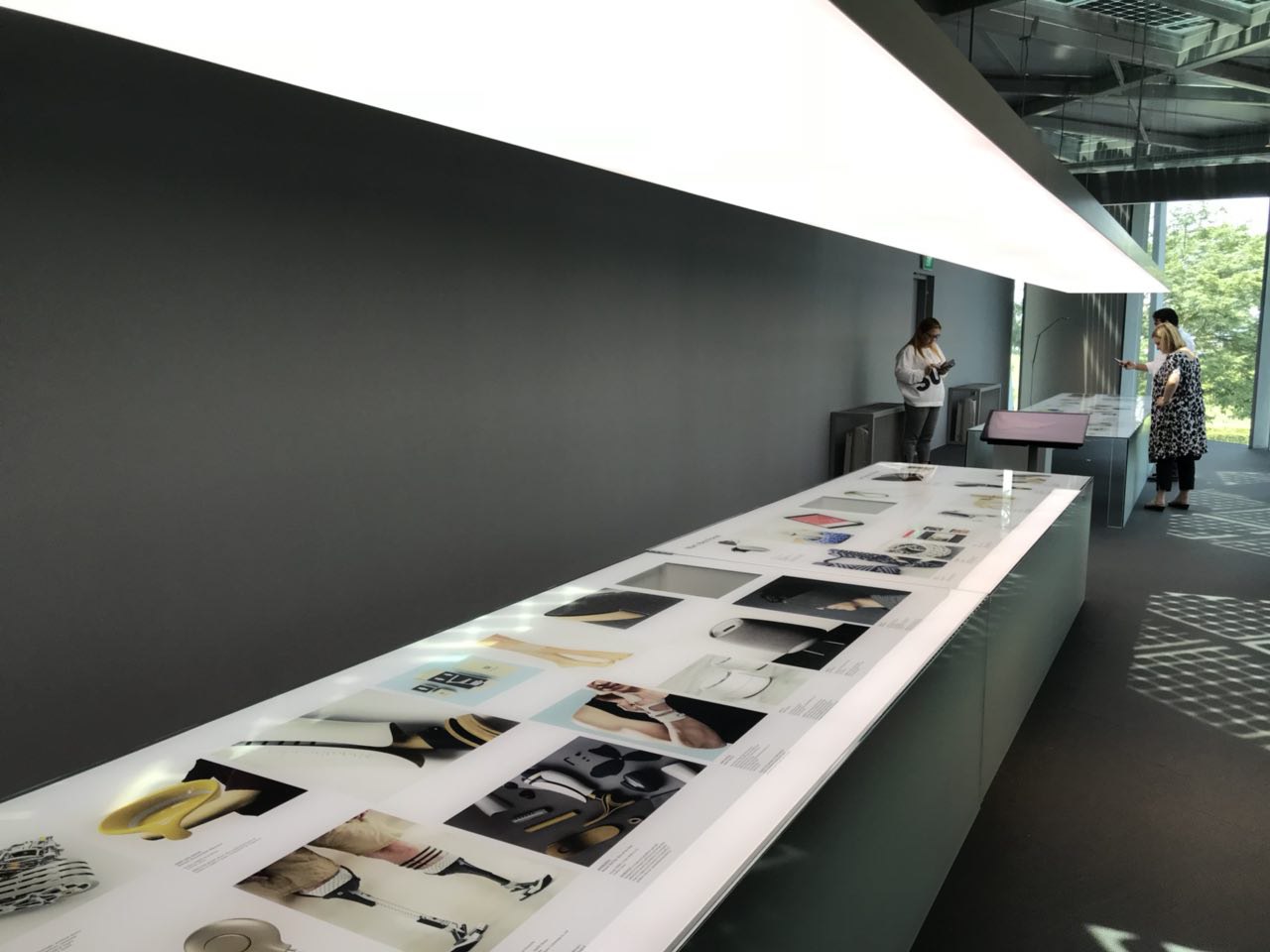
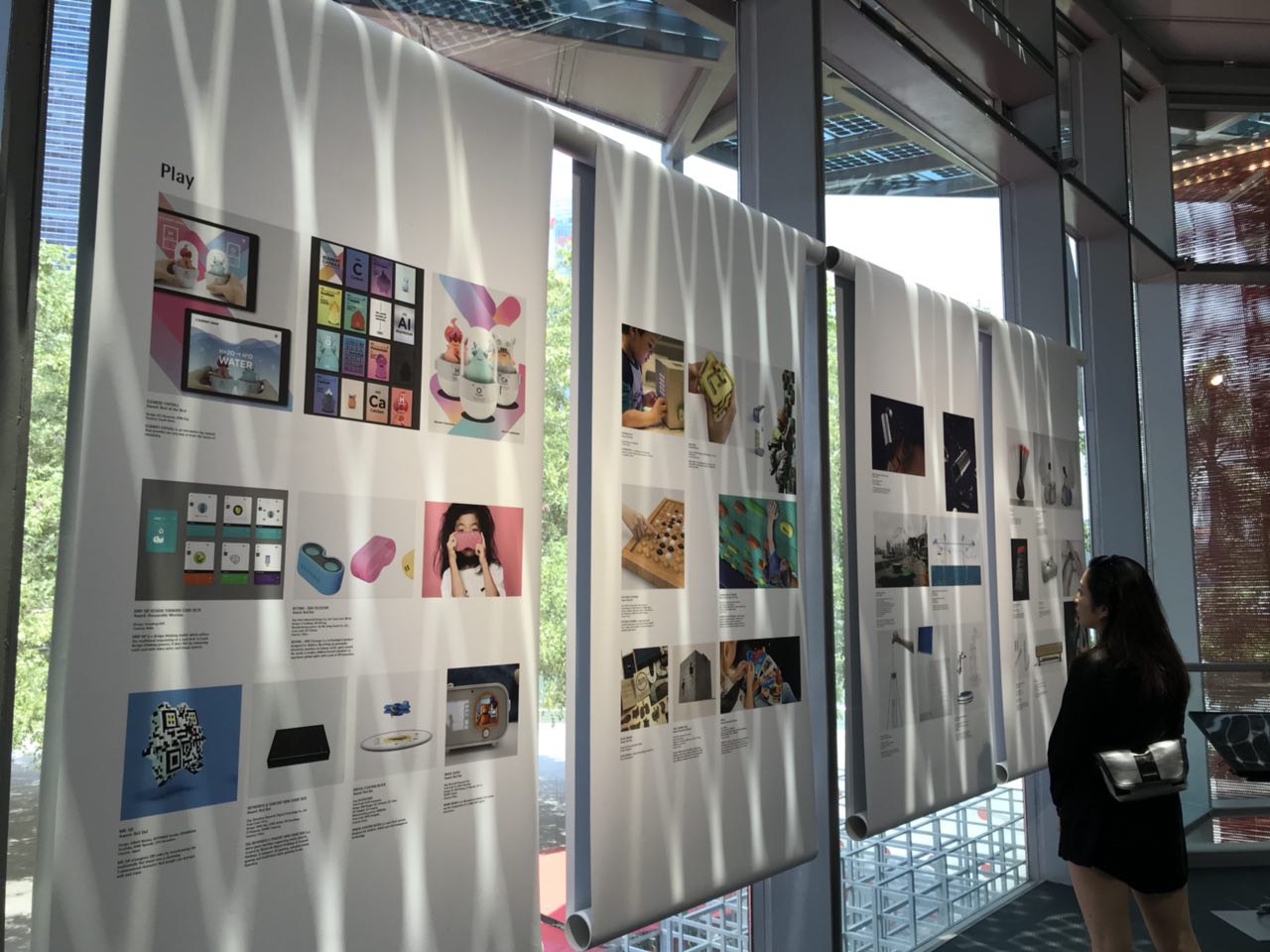
3. In-Process A collection of the making-of.
The main focus of this exhibition is on the design process of NAFA student’s creations, instead of the final product. The entire design process was heavily documented and laid out for visitors to see, but I do not deny that the final products themselves were all very creative and amazing. The exhibition allowed us to experience the designers’ thought process which inspired their creations which I thought that it was very cool! Also, it showed me that a lot of
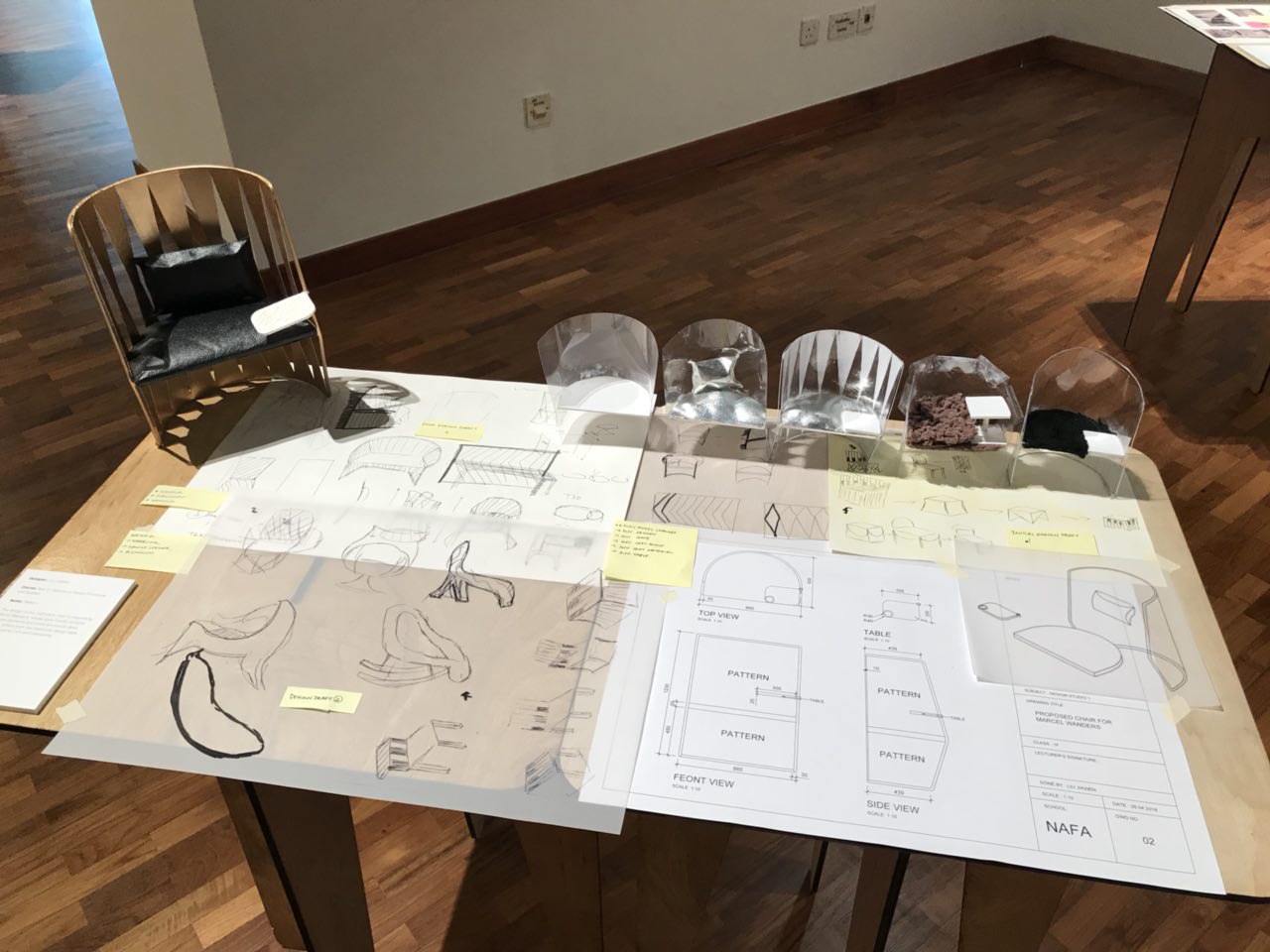
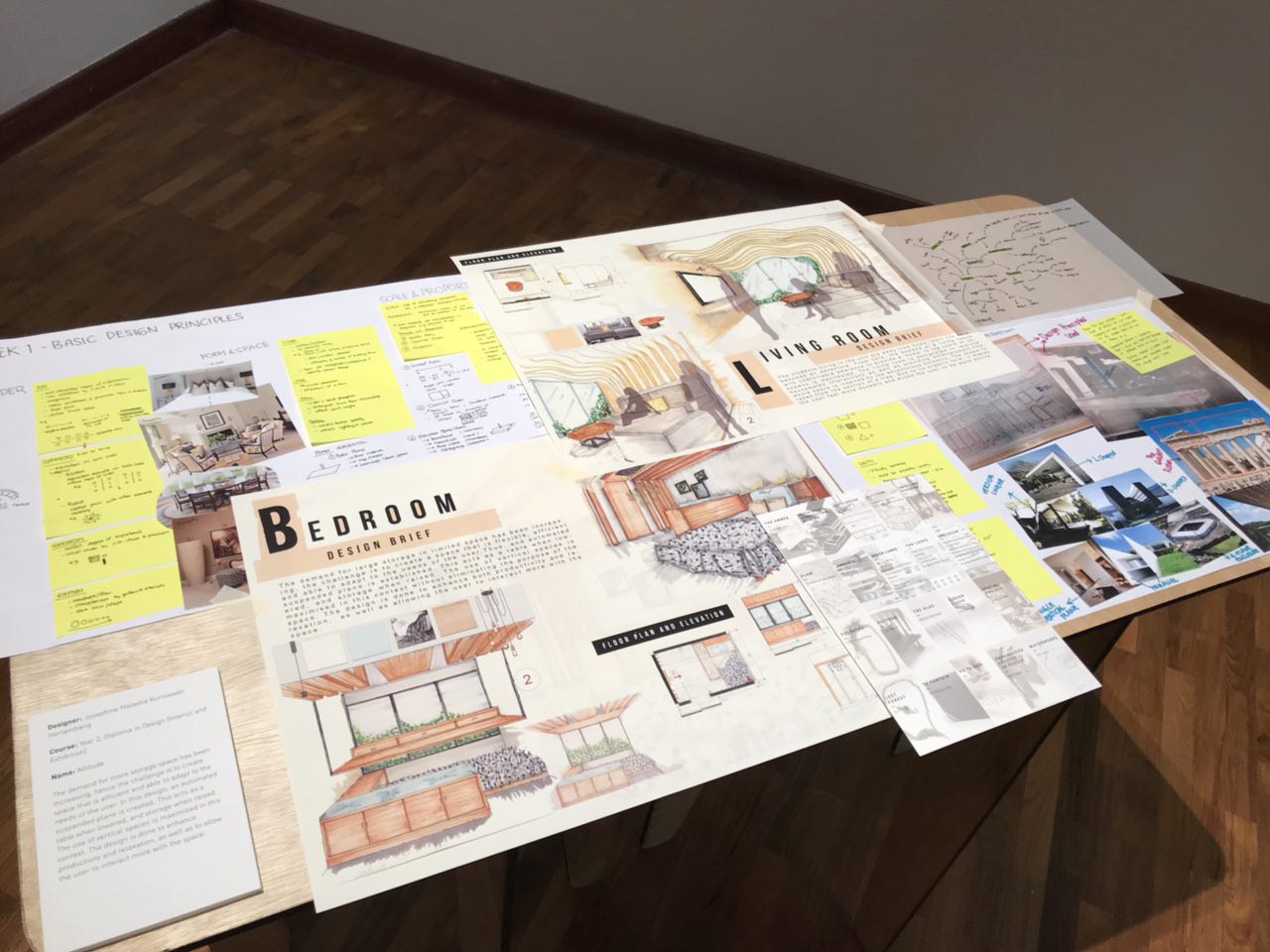
4. 1+1 DM Staff Show 2018
This exhibition showcases creations of Design and Media lecturers of NAFA. The two works that I enjoyed were two books that were on display:
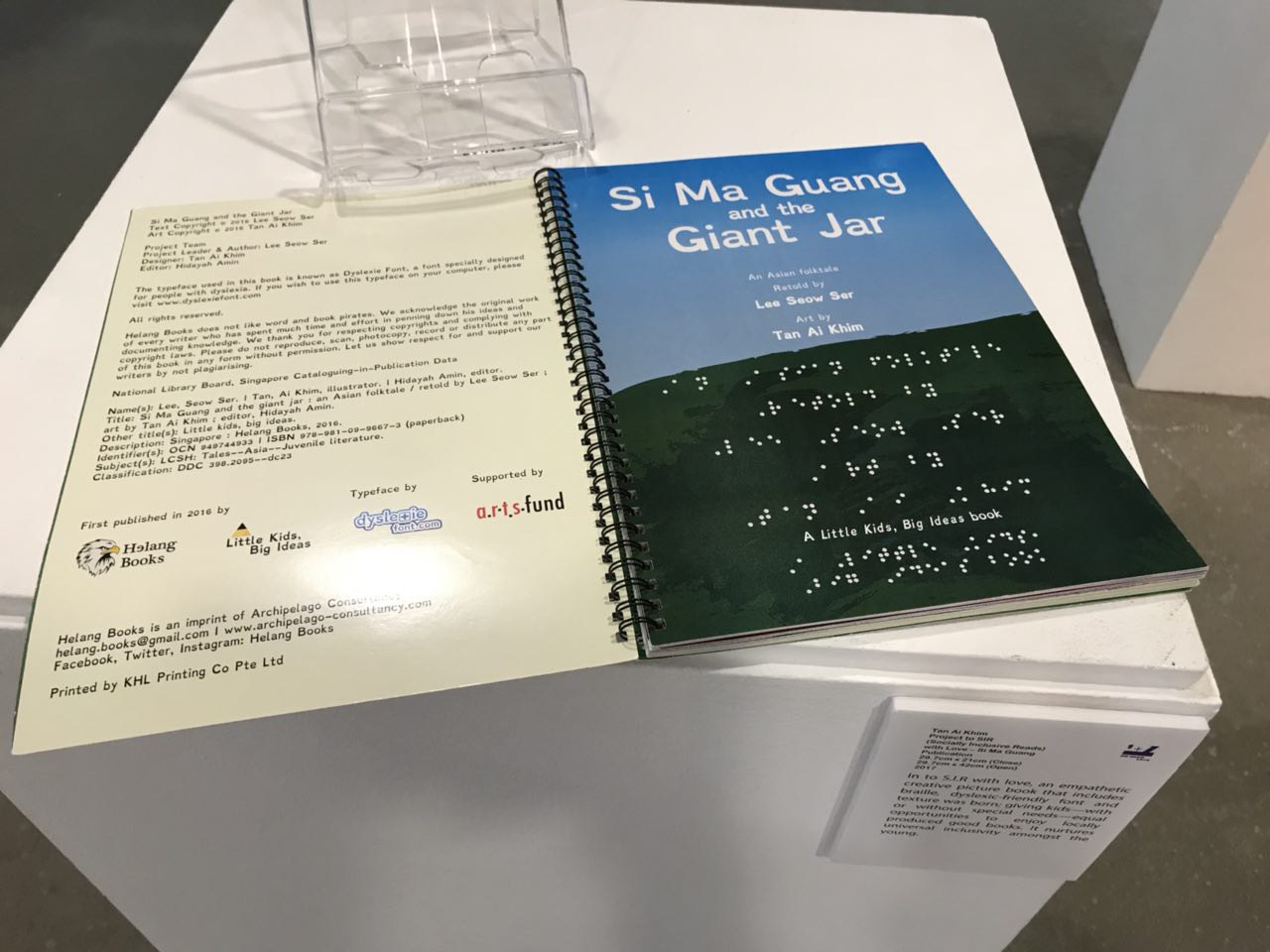
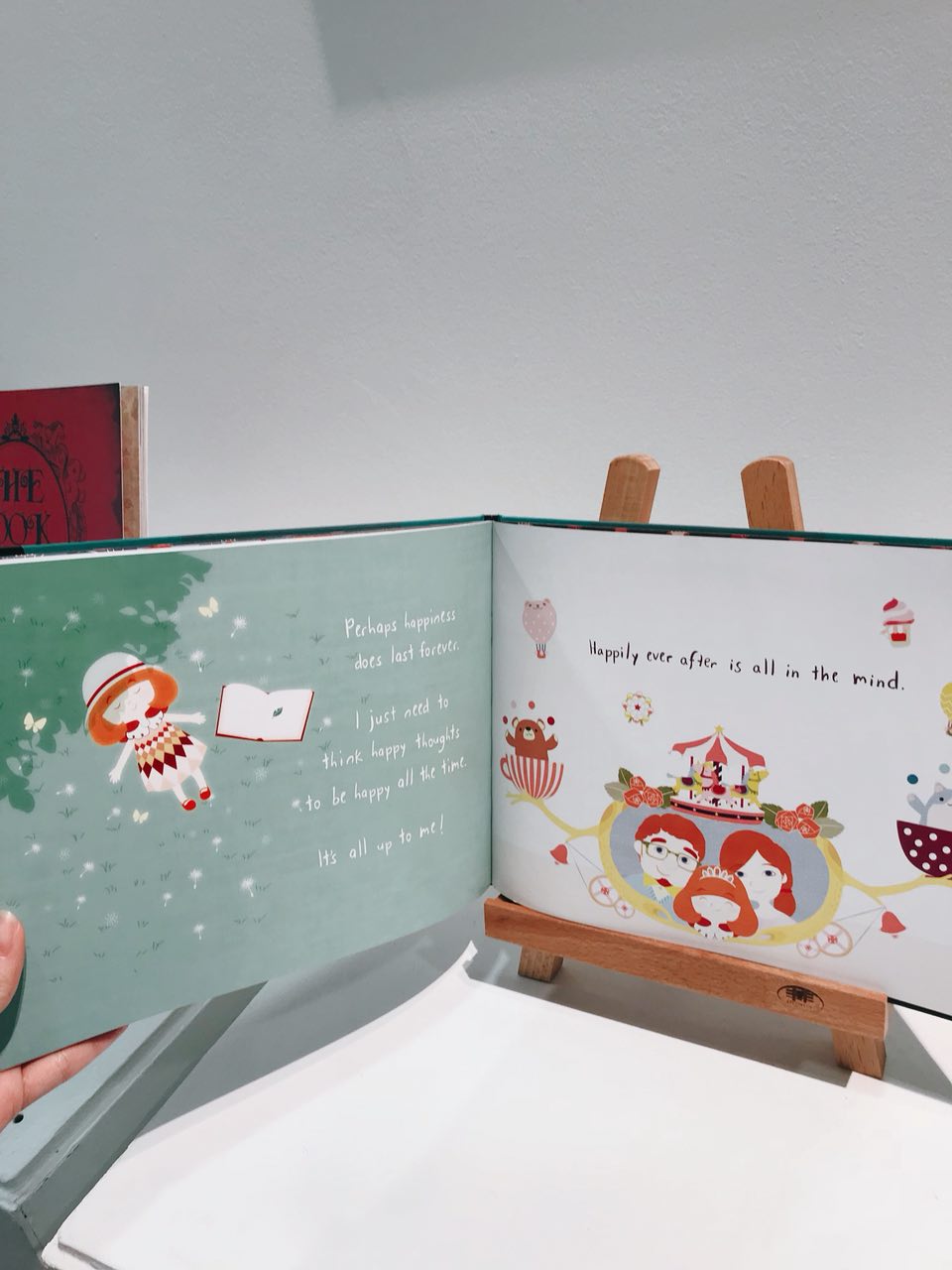
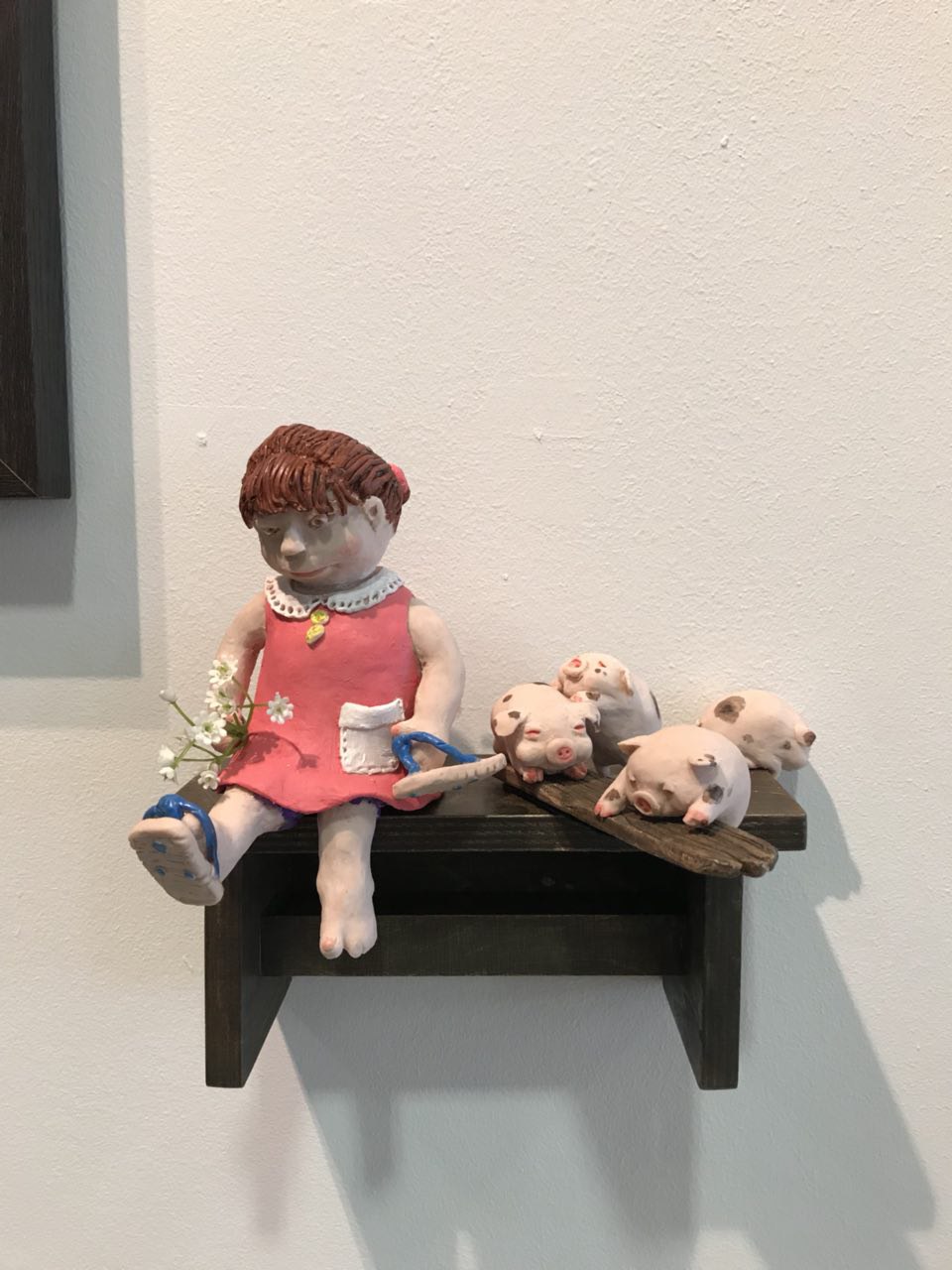
Our workshop on sewing and embroidery was conducted during week 7 in class. For this workshop, we selected a few different kinds of stitches and embroidery methods that we thought would be useful for the class when they create their final prototype.
The rough agenda for the workshop was:

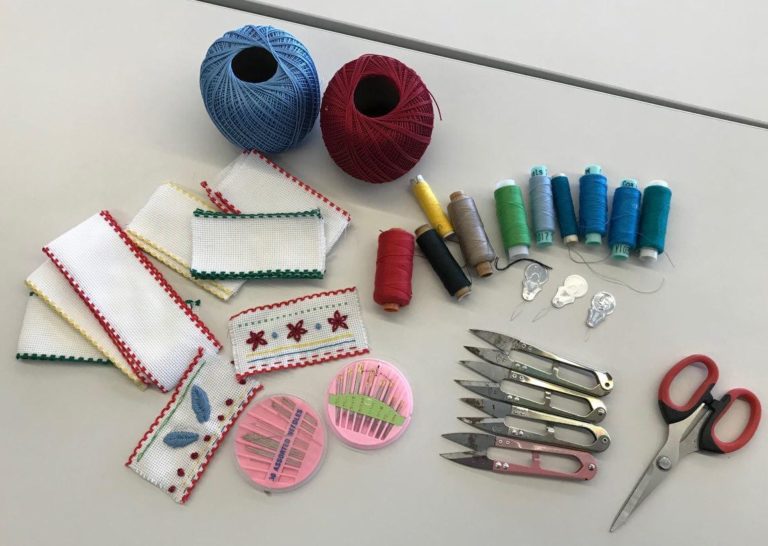
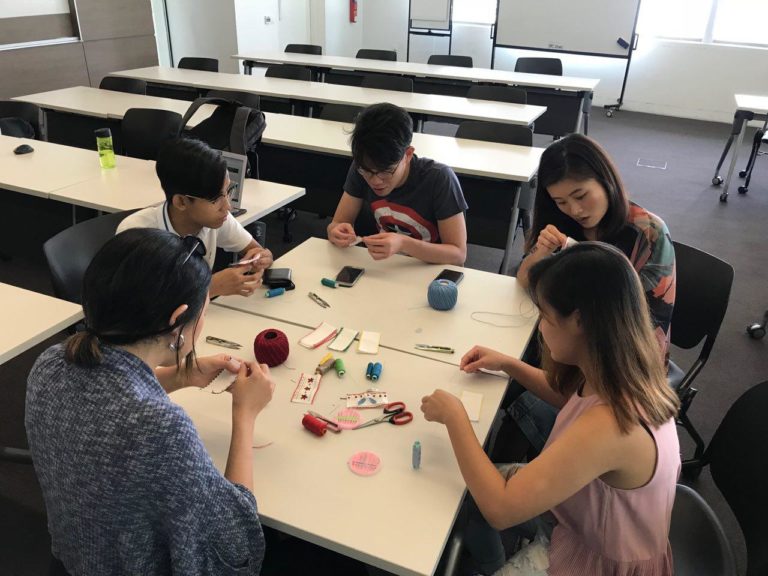
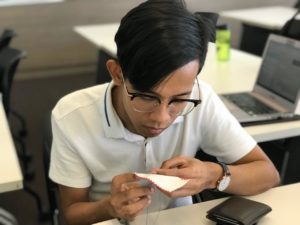
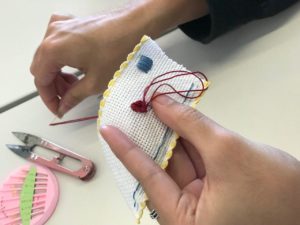
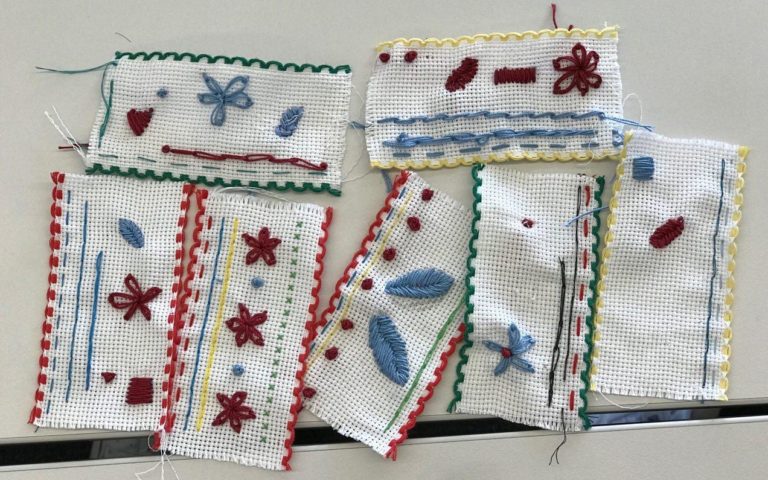
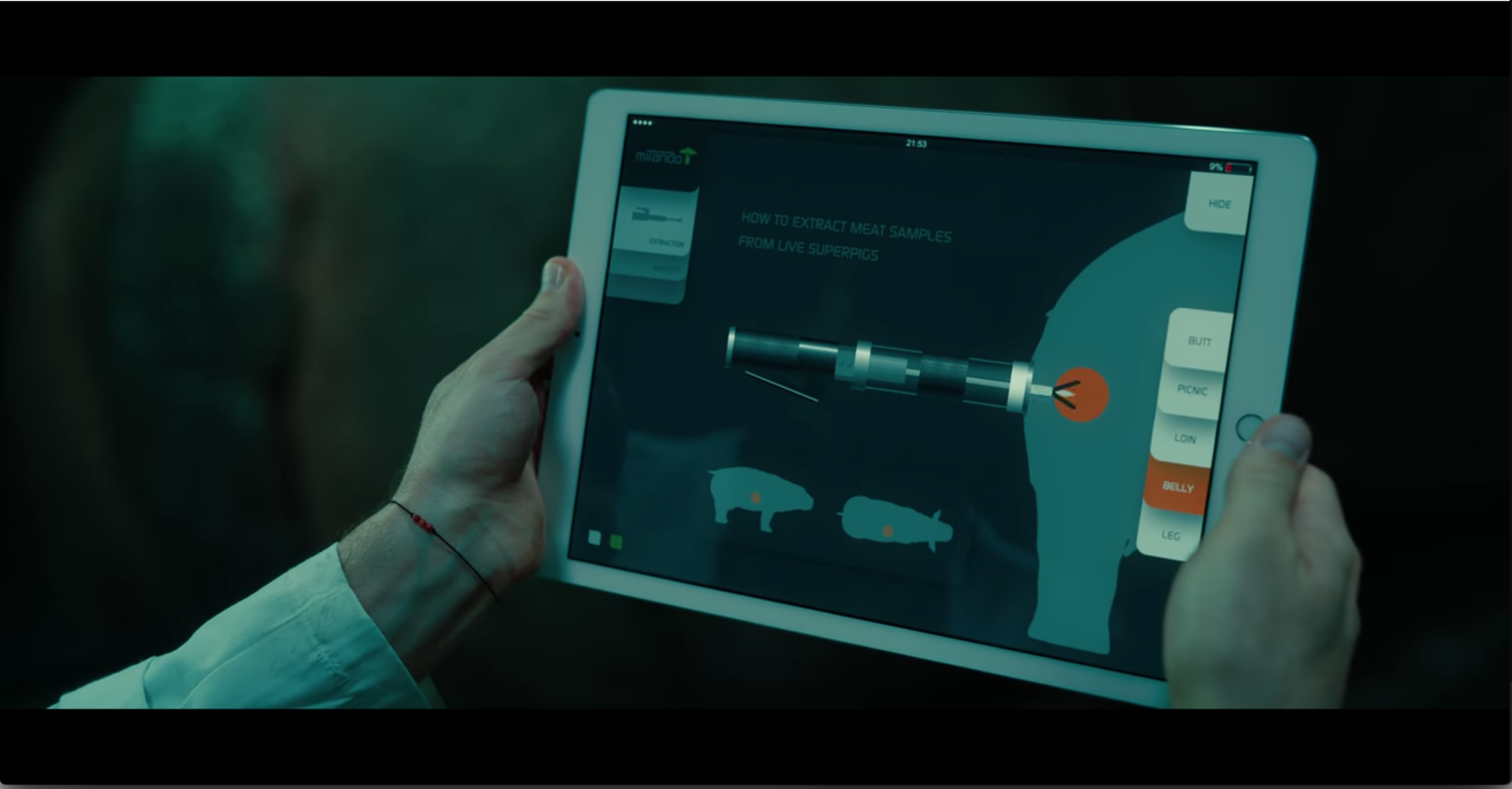
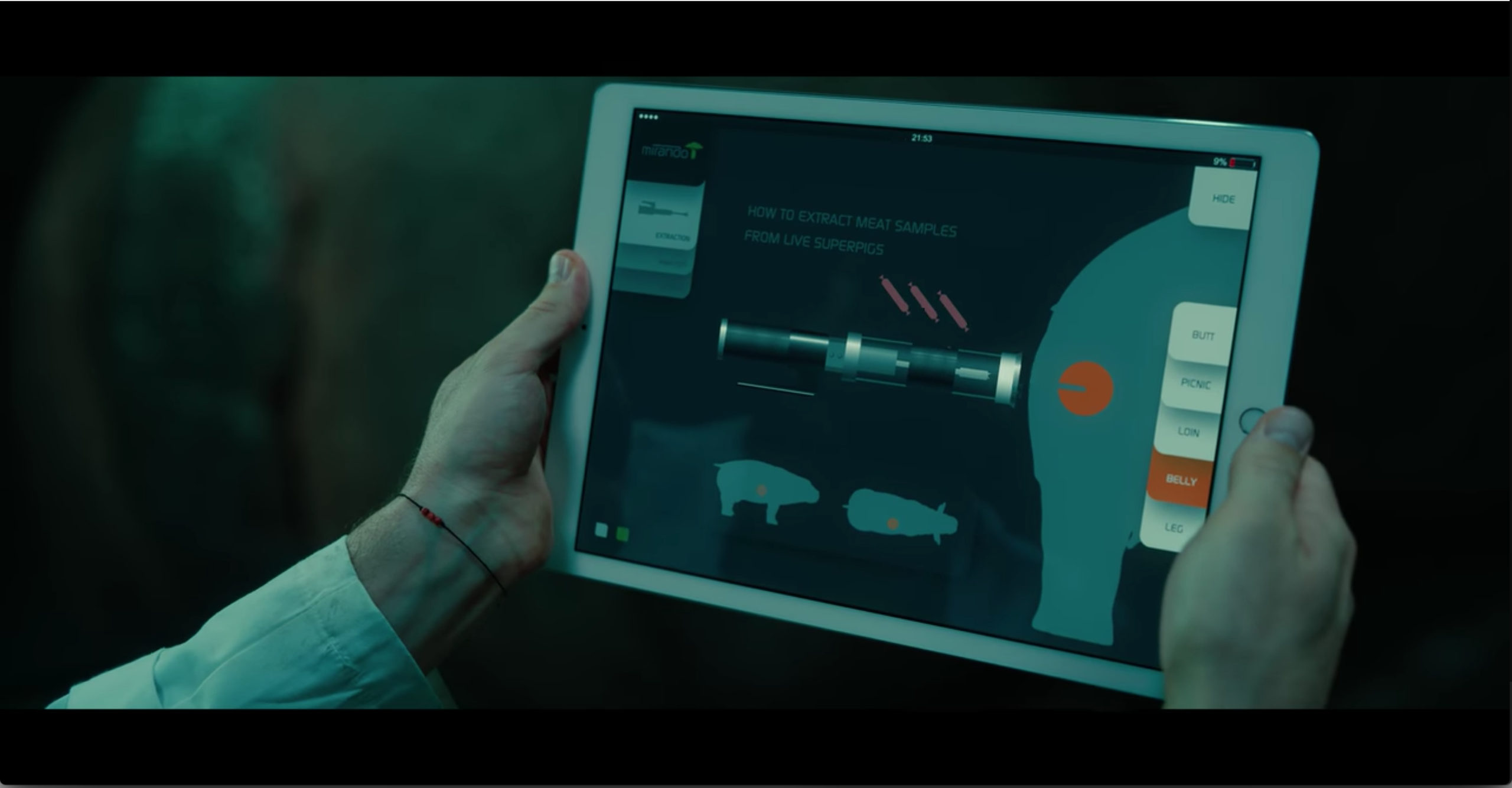
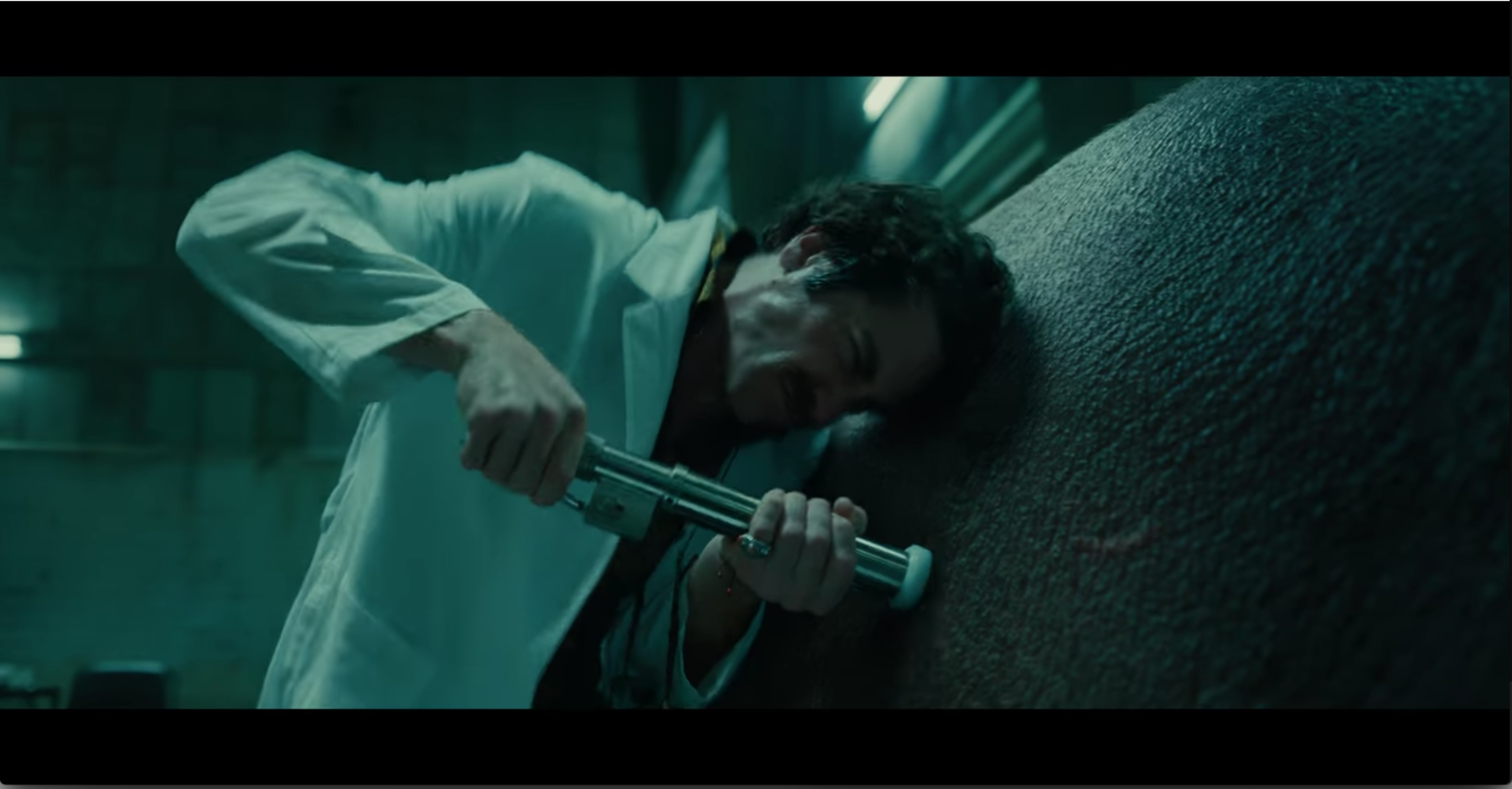
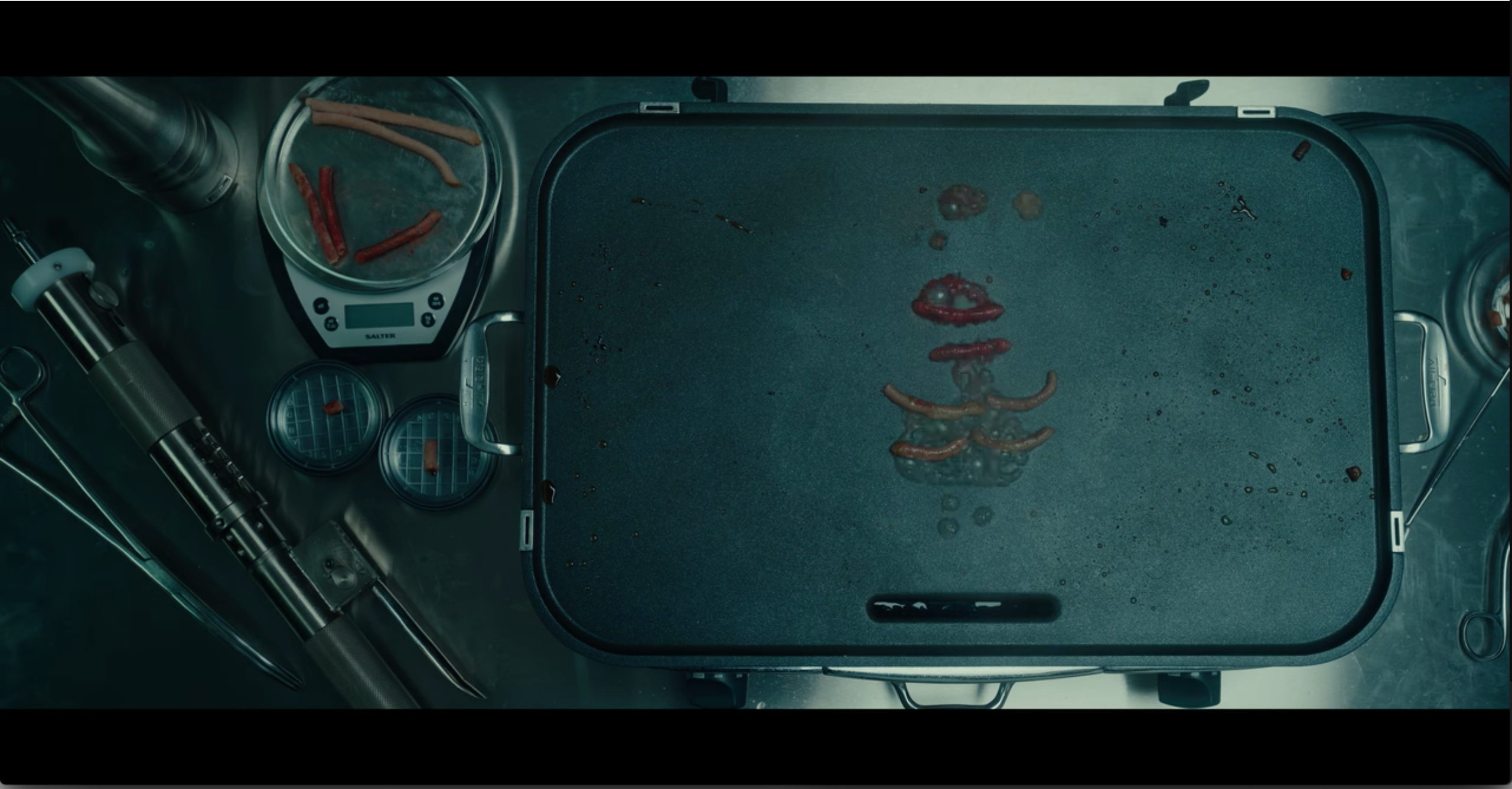
The movie that we watched together was Okja. One small design decision that was incorporated was a meat extractor gun, used to extract meat samples from live pigs (in this case, superpigs), without killing its subject. The procedure was briefly explained to us via the iPad scene, where visual instructions were displayed on the screen; and the end product was shown in the following scene to give a complete visualisation of the futuristic product that was introduced. It other than the main movie detail of the “superpig”, the introduction of this device allow us to understand that the movie’s storyworld is different from the world that we are living in.
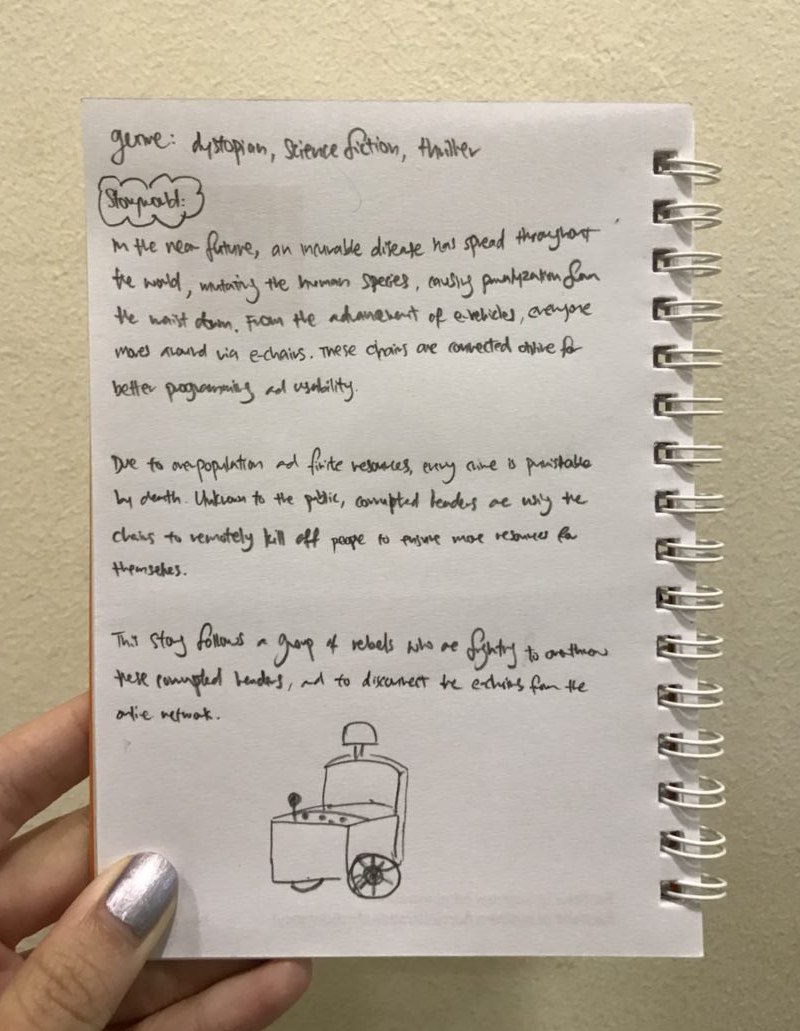
OHWAX’s Story World
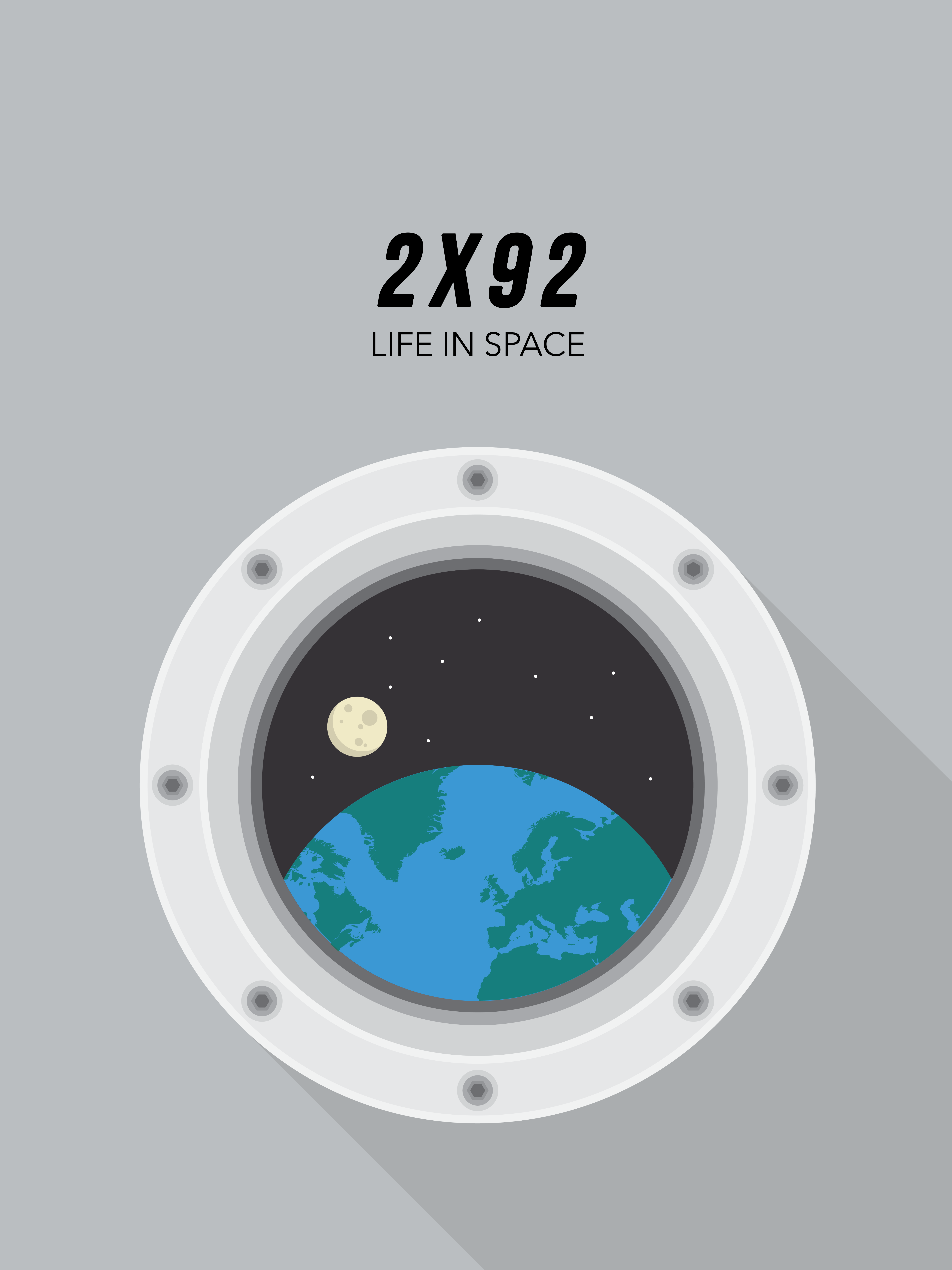
In the year 2×92, we now live on an orbiting space shuttle that’s approximately 180,000 miles away from Earth. A glance out of my window and I can see the beautiful planet that we once inhabited. Though I heard it used to be even more beautiful. I learnt that Earth was once a place filled with so much nature and life. After that catastrophic event in history, Earth was left uninhabitable, and everyone pretty much escaped into space.
My guess is that the governments then pretty much predicted it coming, there’s no way that they managed to create such a large scale, fully functional, liveable, space stations in a short amount of time. We were never educated about what happened. The older ones never spoke a word about it, it was against the rules to do so. There are eyes and ears everywhere.
Today is just like every other day, I am fully packed with appointments, and I can only hope I have spare time in the middle of the day to grab a bite, unlike yesterday. Don’t get me wrong, I love my job, waxing is something I enjoy doing, but travelling is such a chore. I heard that in the past, businesses operate via stationary shops. But due to the lack of space, businesses and professions became mobile. We bring the products and services to customers instead of them having to come with us. I’m lucky though, brow waxing does not require much equipment, everything fits into my handy little bag-pack. I don’t always visit homes, I sometimes do brows-on-the-go too, on trains when anyone needs a quick-fix when they are on the way to an important event.
It is 2035 and Amy, labelled the future Heidi Klum, is travelling around the world for the World Fashion Month. Since the only time for rest during their hectic schedule and when they are traveling, only during then can beauty treatments be done. Thus, there is a specific plane for all models to take: Beauty Airlines. In this company’s planes, models can receive facial treatments, body massages, beauty services and have all their other needs met by services on the plane. Every seat will have a control section for the all services they need and more than one service can be used at any time by just pressing the buttons.
Amy requires a waxing treatment on her flight today. As soon as the plane takes off, Amy presses the ‘waxing’ button on the control section. The attendant for the waxing service makes her way down the aisle to Amy. The attendant is equipped with just a small backpack of equipment so as to not block the aisle.
The backpack includes all equipment such as a wax heater, applicators, cloth waxing strips, pre-waxing and post-waxing beauty products, tweezers and make up brushes, and cotton pads. The wax is heated up through a mesh conductor in the wax heater, using the heat energy from Amy’s body as she places feet on the conducting point, within a minute. The entire procedure is done in 5 minutes. Amy decides she should get a full-body massage since walking on the runway all day has caused body aches.
Creative Practice
@browsbyrach.sg is a home-based wax beautician. The main service she provides is brow shaping and waxing accompanied by the filling in of the waxed brow. Her other services includes upper and lower lip waxing.
Brow Waxing Process Documentation
First, the area to-be-waxed is cleaned, any makeup and facial oils are removed with a cotton pad and a makeup remover and/or pre-treatment cleanser. Next, an “inked” string is used to carefully map out the shape and areas of the brows to be waxed off. Then a wooden applicator is dipped into the heated soft wax, and a thin layer of the wax is applied to the marked area for hair removal. Following, special waxing strips are used to secure onto the wax areas, and is ripped off swiftly in one motion, removing the unwanted hair in the process. After the general to-be-waxed areas are waxed, a pair of tweezers are used to pluck away any stray hairs that were not able to be waxed off in the process. Any wax residue is then removed by another cotton pad, soaked with post-treatment oil.
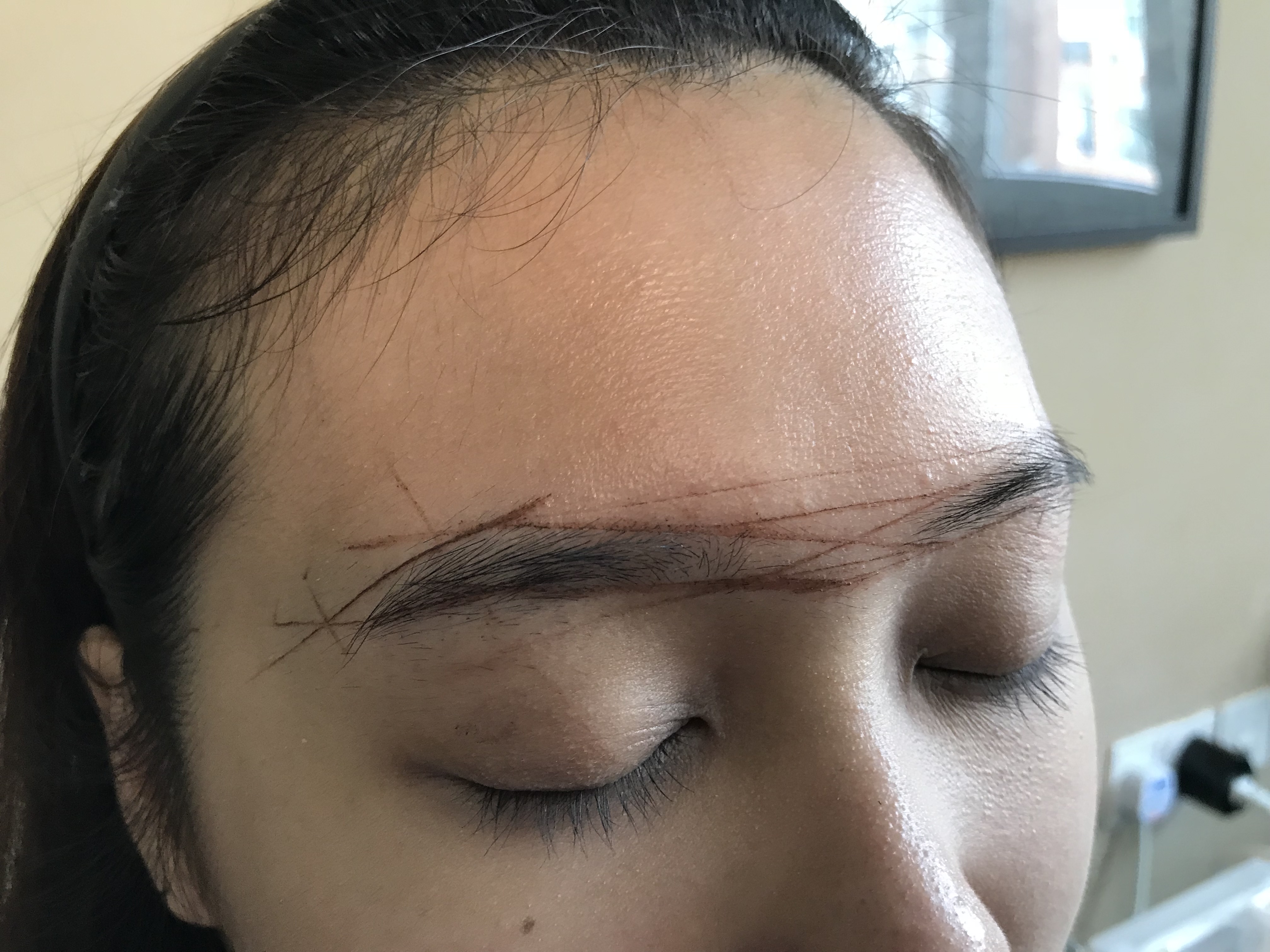
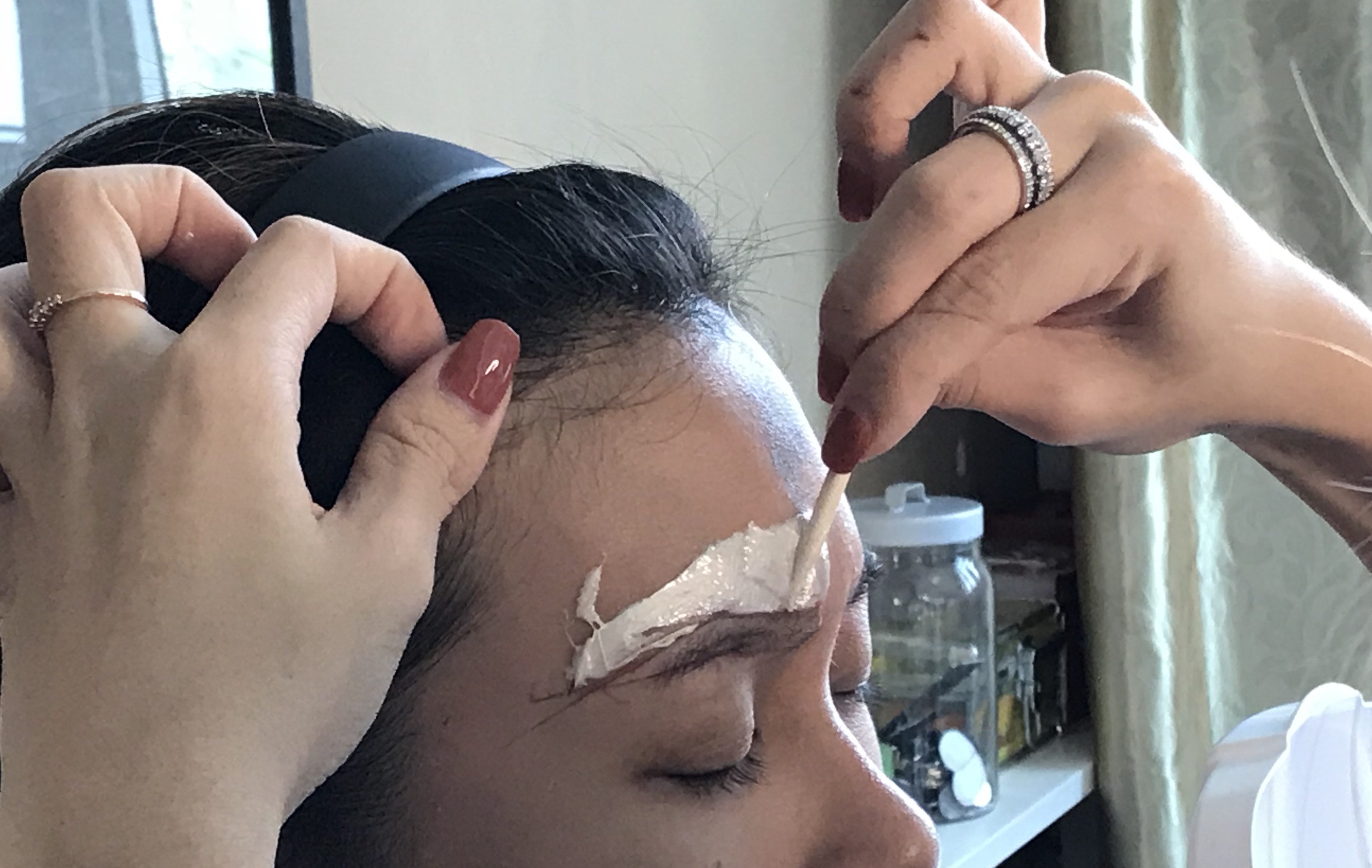
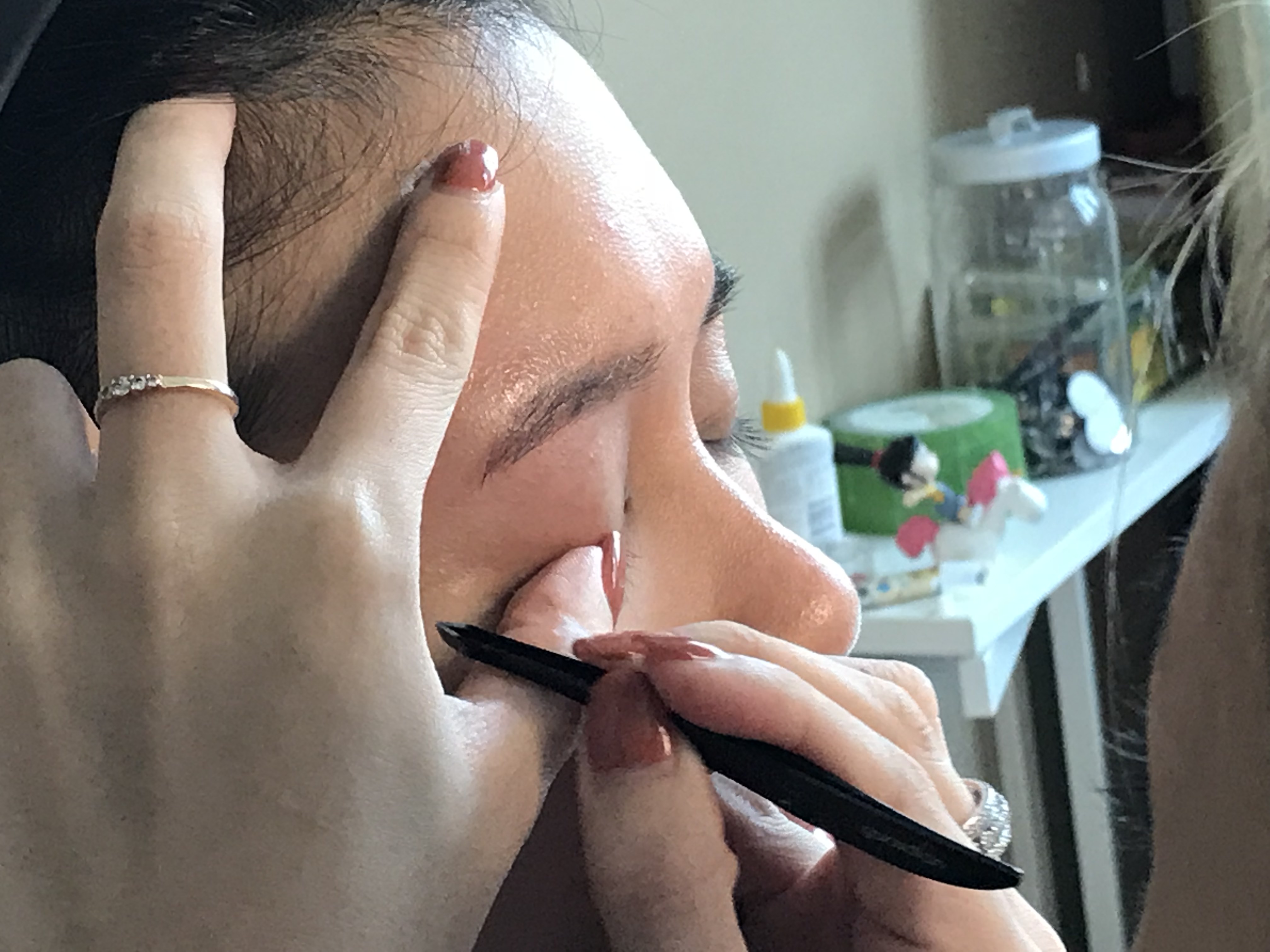
Workplace Documentation
The worksite is really small, not much space is needed as the equipment needed is compacted onto a small trolley, and the practice is generally stationary, except of the movement of the practitioner’s hands. The worksite consists of two chairs (one for her client, and another for her), a trolley of her tools, and a light source.

Tools
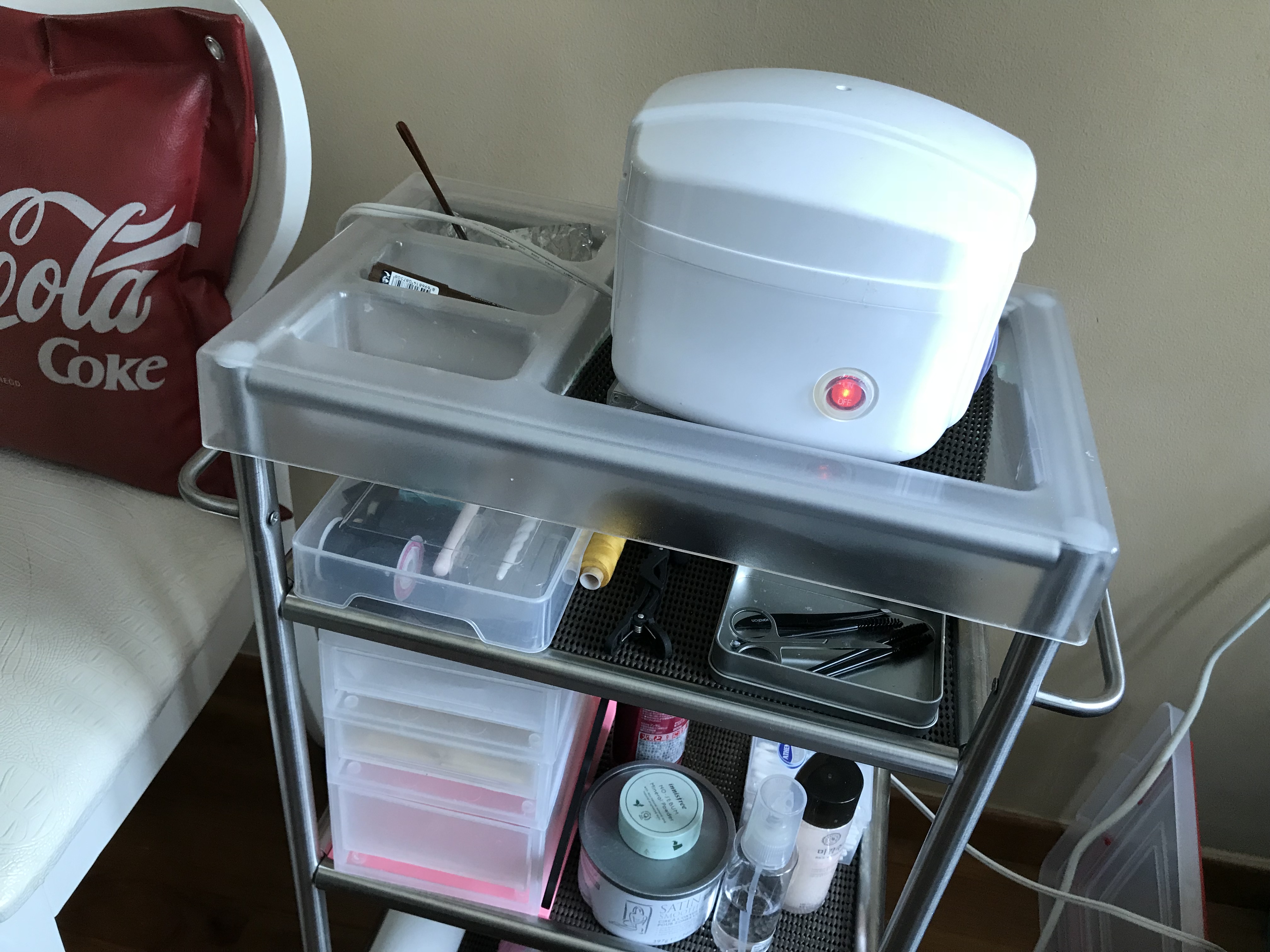

Pain Points
The main difficulty was getting there, as her home was far off from the MRT station, and even required a walk from the bus stop. But she is unable to practice her work any where else but her home as she does not have any “shop space”, nor is there another appropriate space for her.
Creative Practice:
Mrs Chin is a home-based hair stylist. She has been in this profession for more than 20 years, but have been home-based for about 15 years. She does all kinds of hair services: hair cuts, straightening/curling, treatments, colour dying, wash and blowing, and styling.
Workplace Documentation:
Her workplace consists of two workstations, consisting of a cushioned chair and mirror table top each. This meant that at any one time, she only attends to two clients at most. As her workplace is home-based, she is the only hair stylist, and has no assistant. Both workstations are situated right beside each other, due to the space constraints of her home, but this enables her to attend to both clients at the same time, as they are right beside each other. There is also a hair-washing station, consists of a lay-down salon chair, and an attached wash basin.
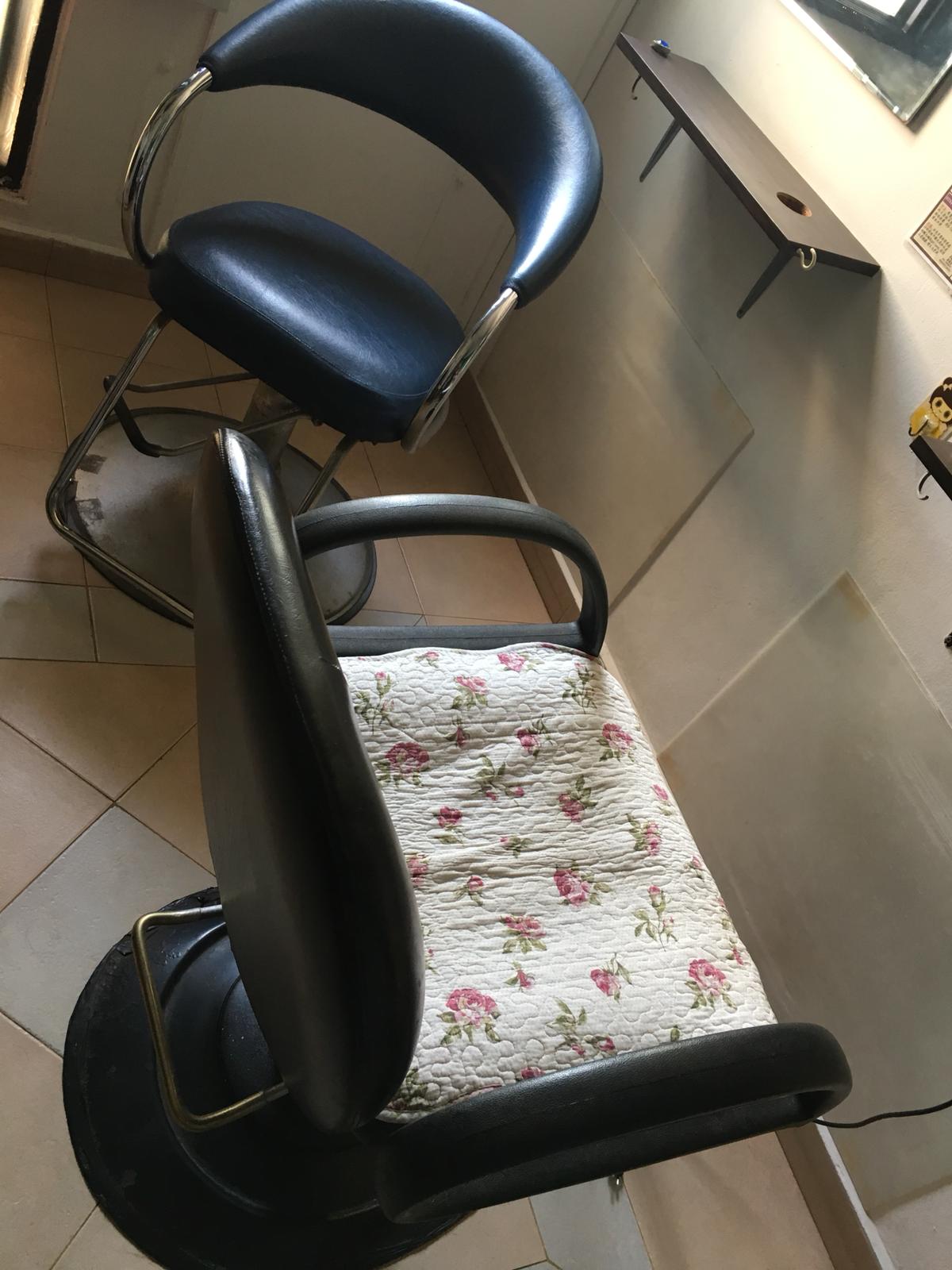
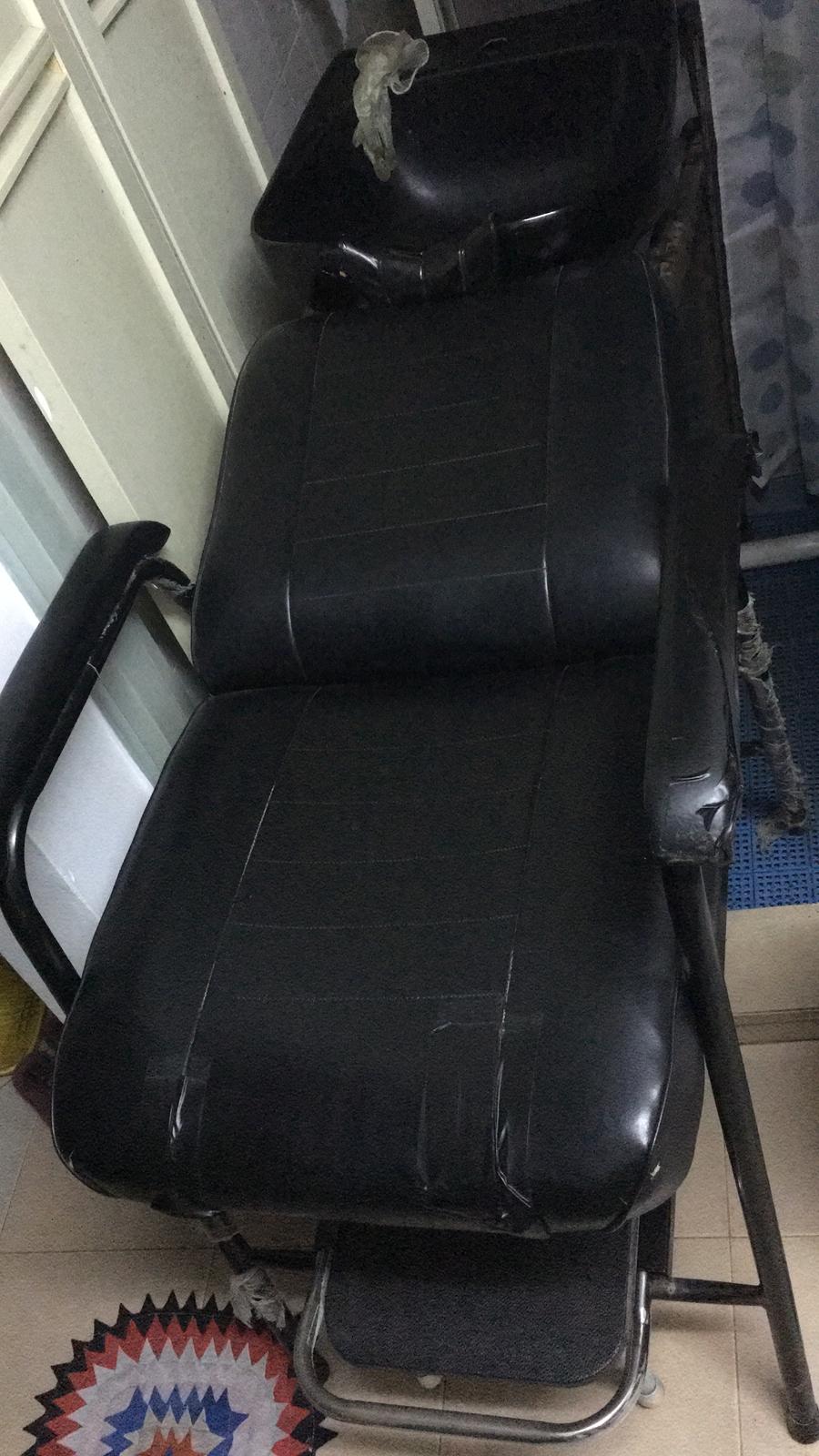
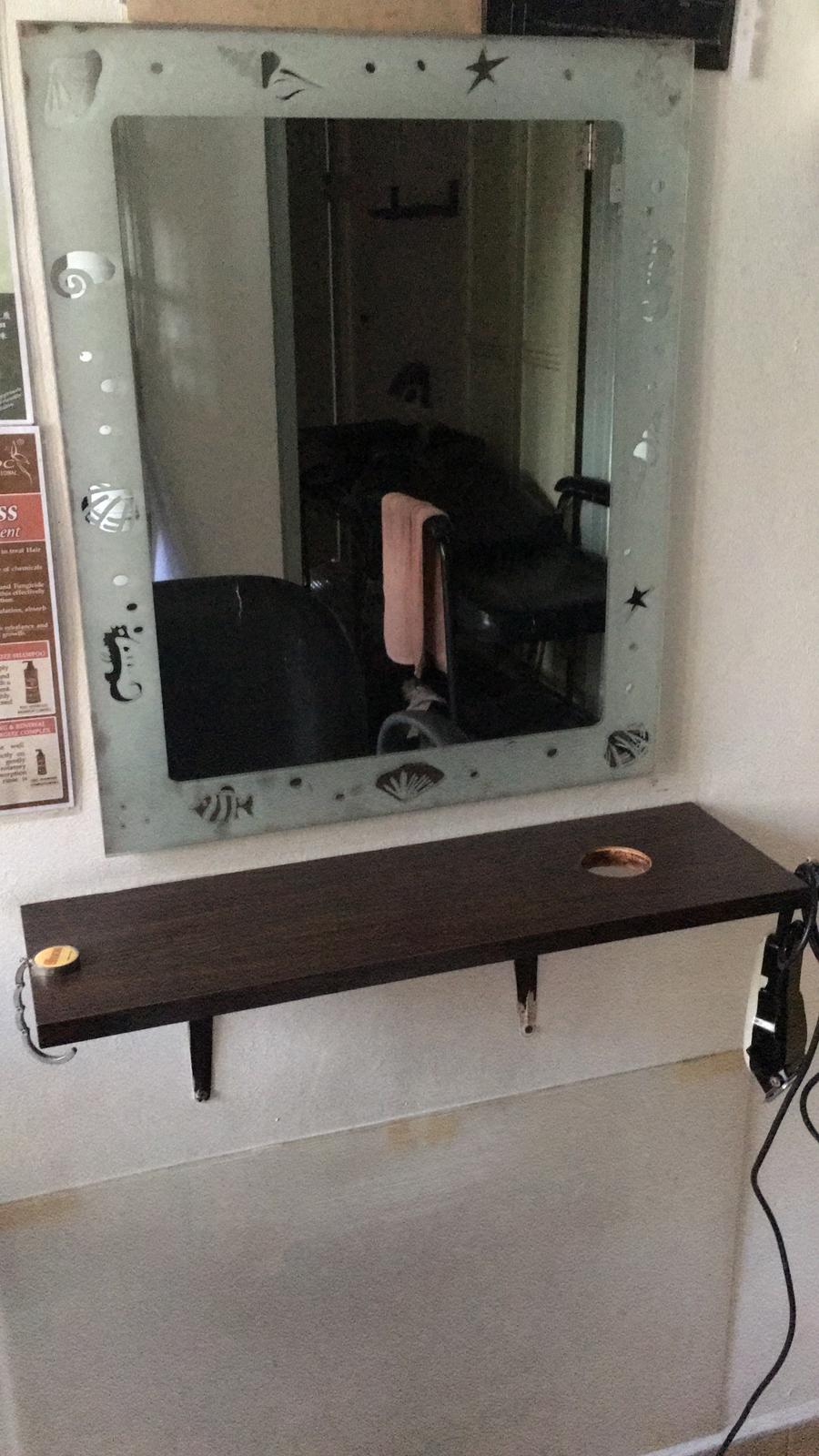
Tools:
The main tools that she uses on an everyday basis are her scissors, shaver combs, hair clips, cape gown, as well as a brush to sweep away fallen hair on her client’s necks and shoulders – they are the basic tools needed to perform a simple haircut. Other tools consist of styling equipments – hair steamer, curler, straightener, rollers, dryer, treatment creams and hair dyes.
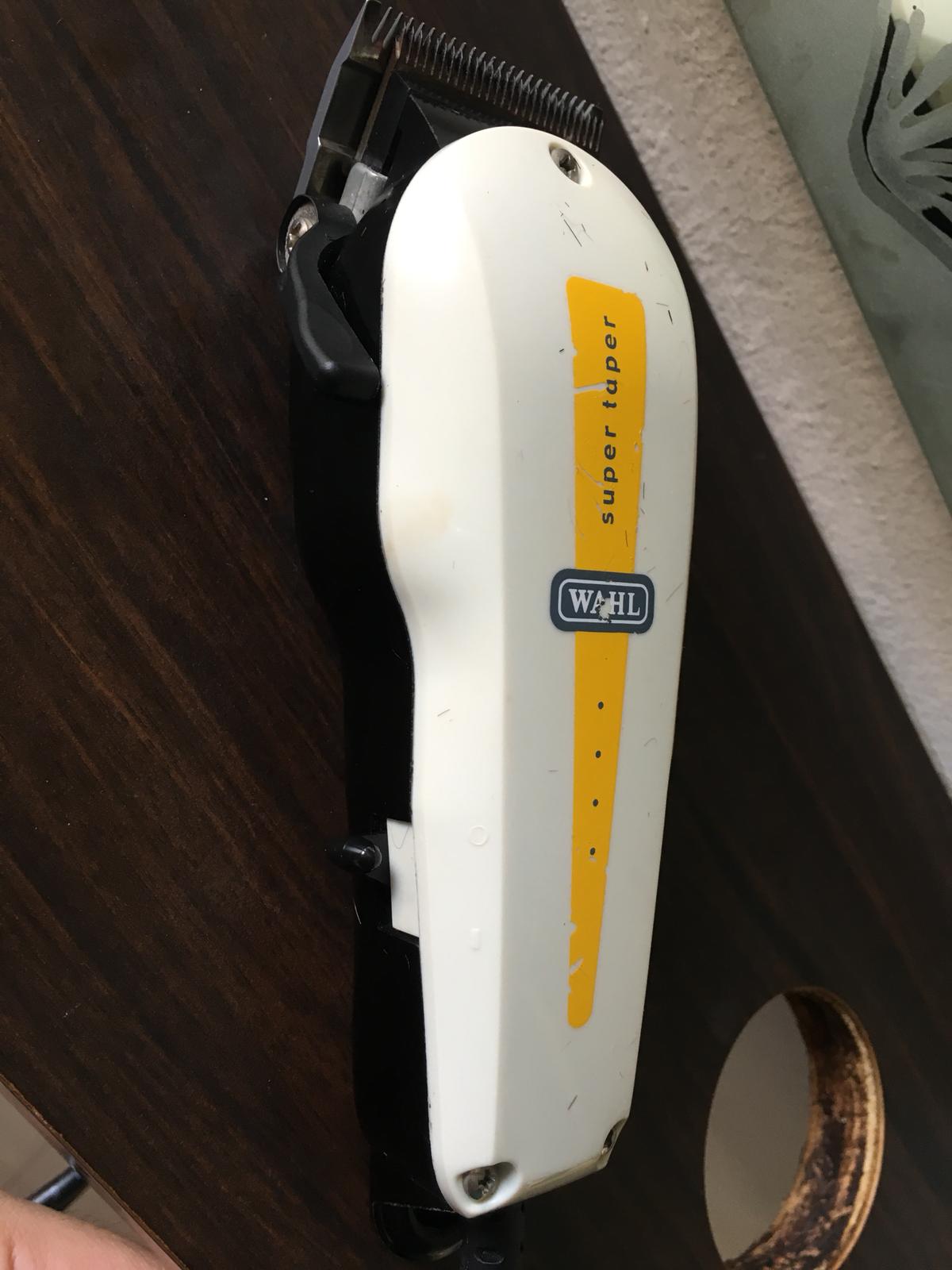
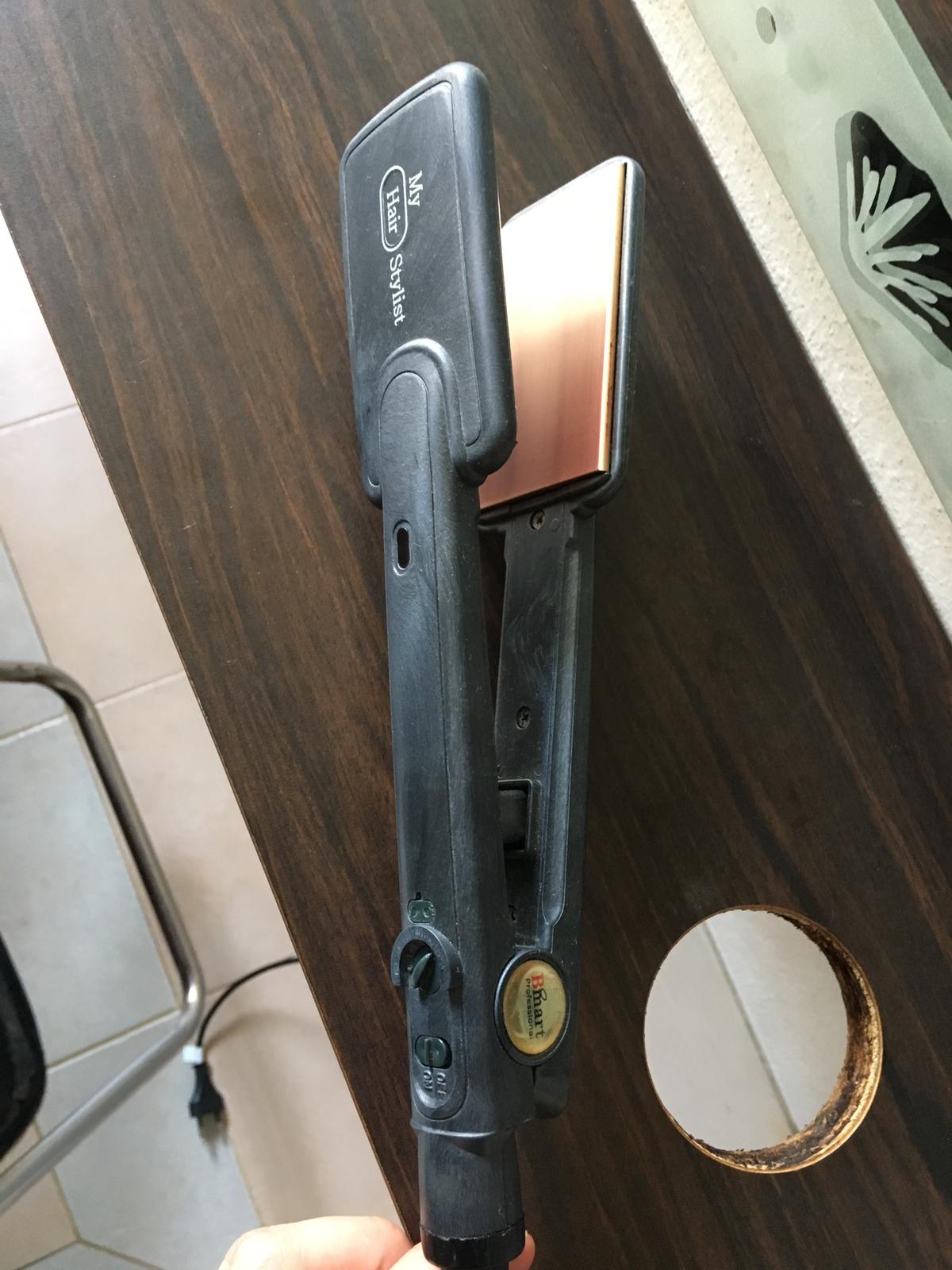
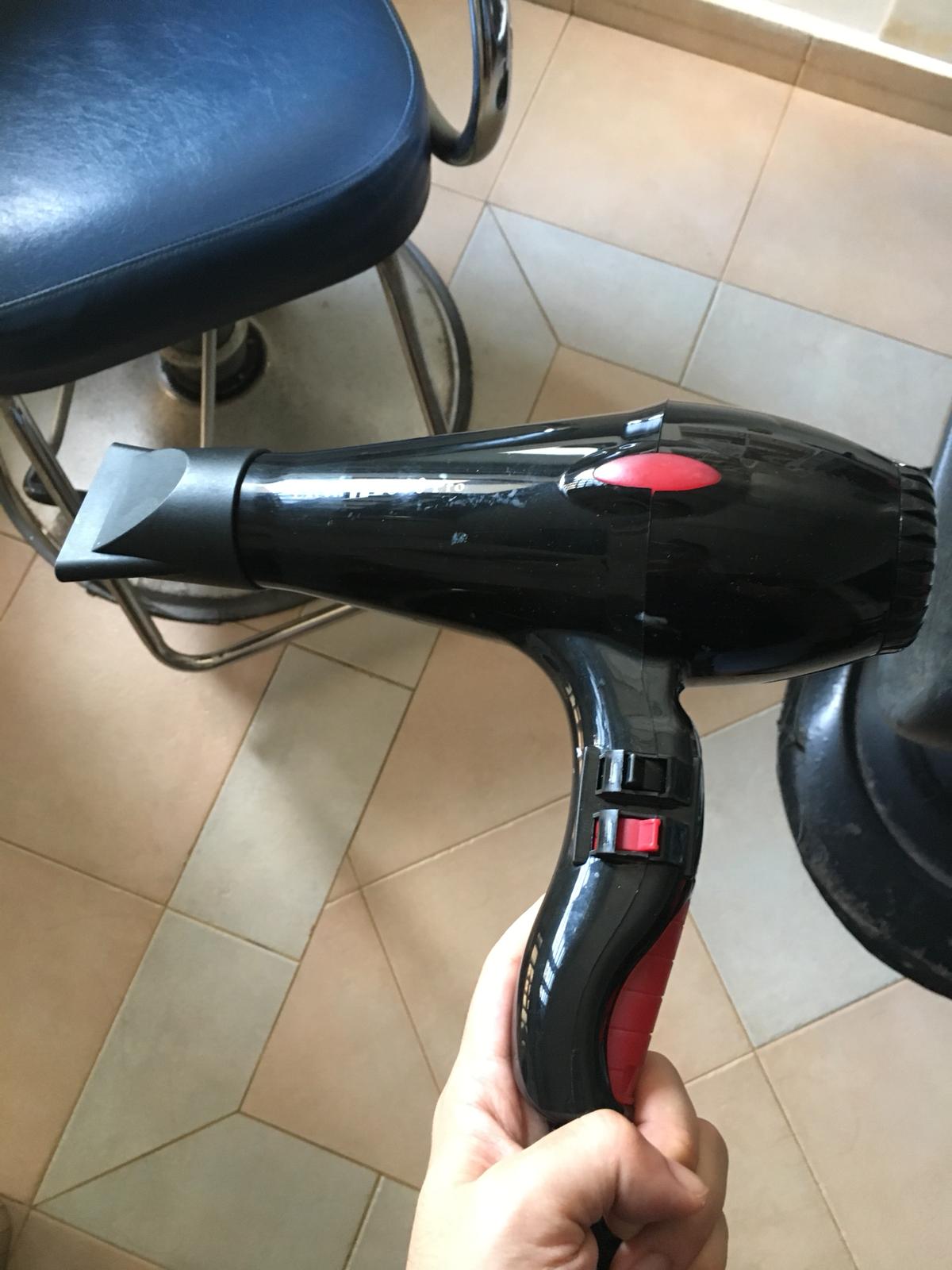
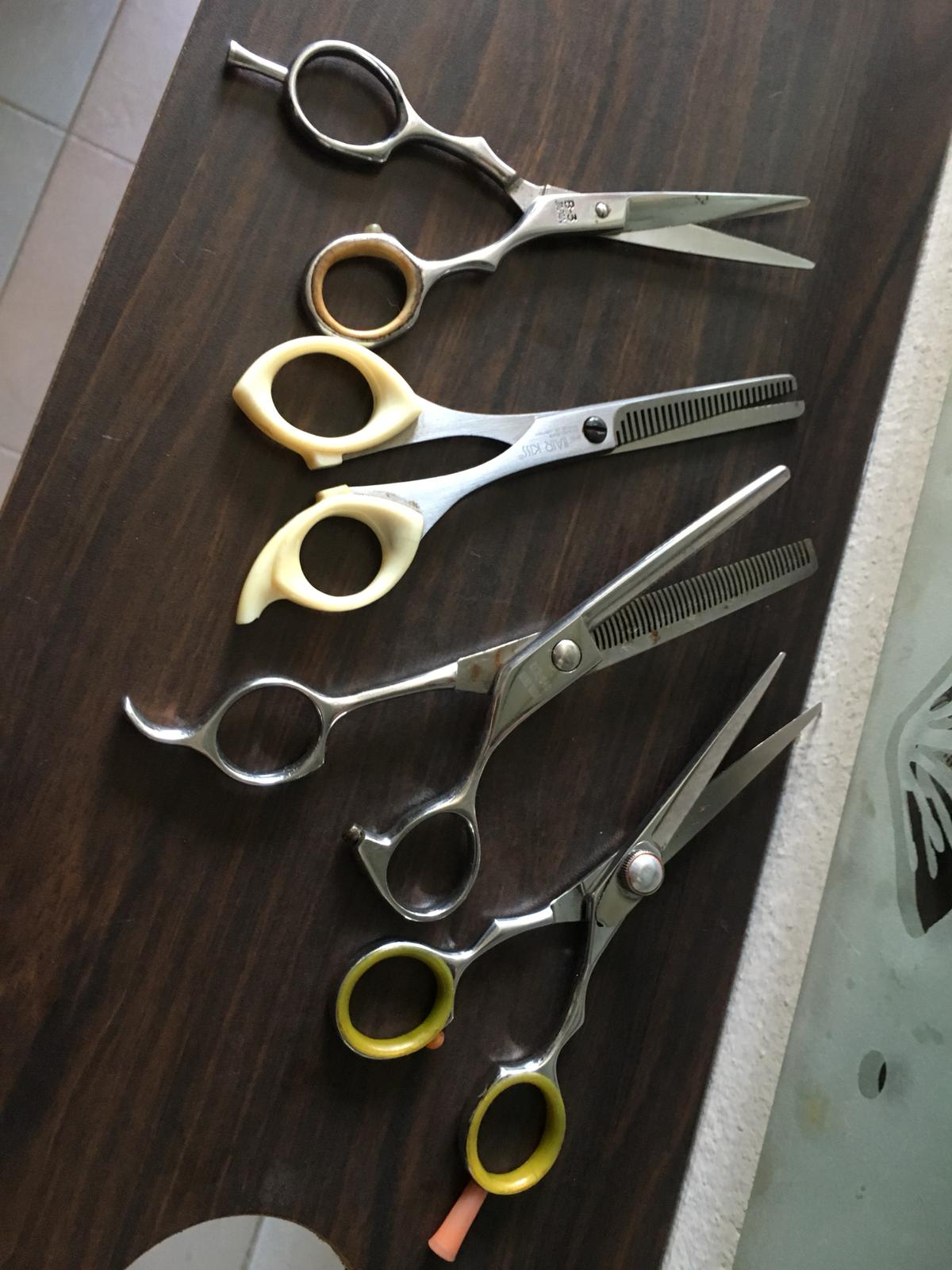
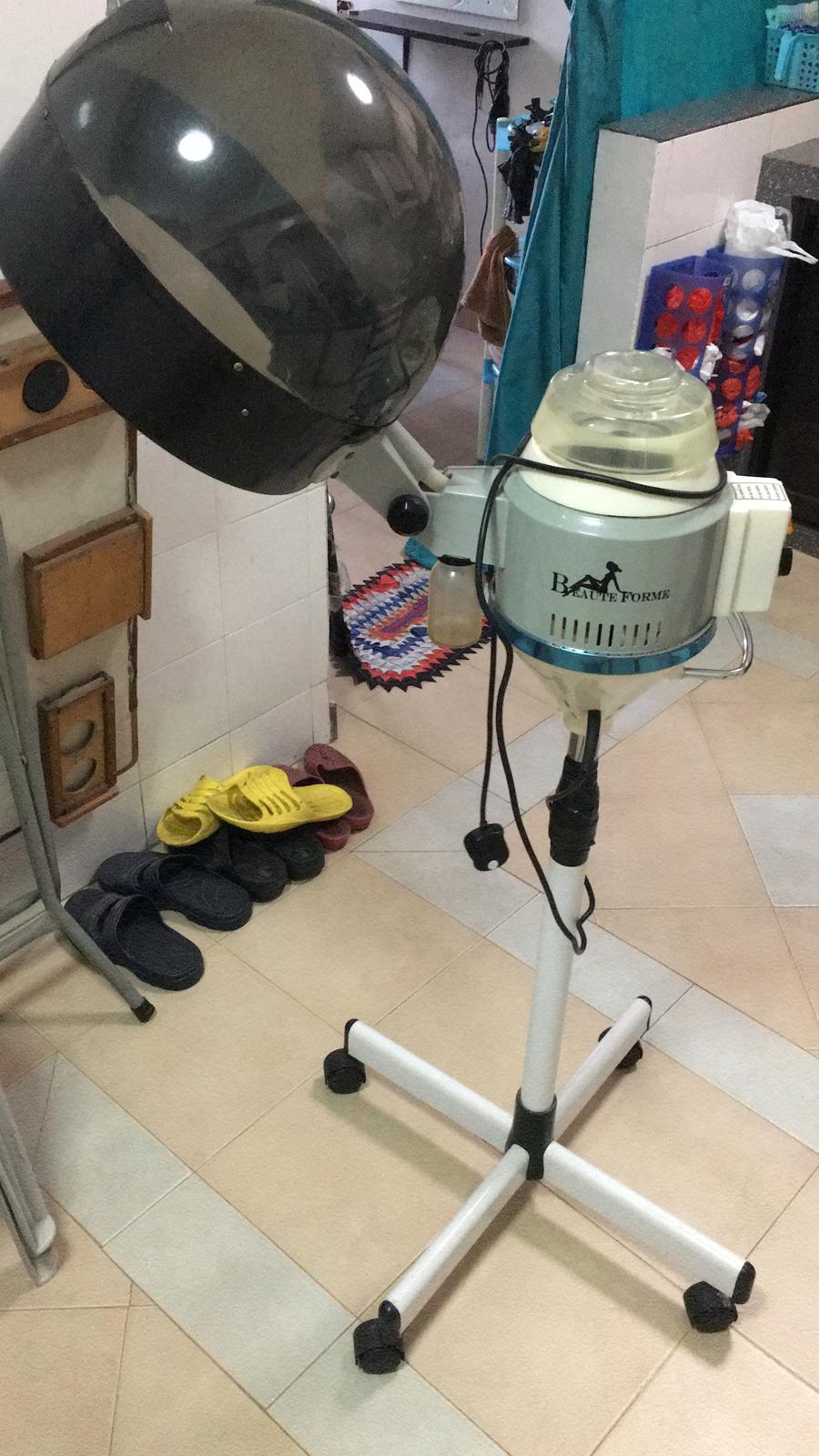
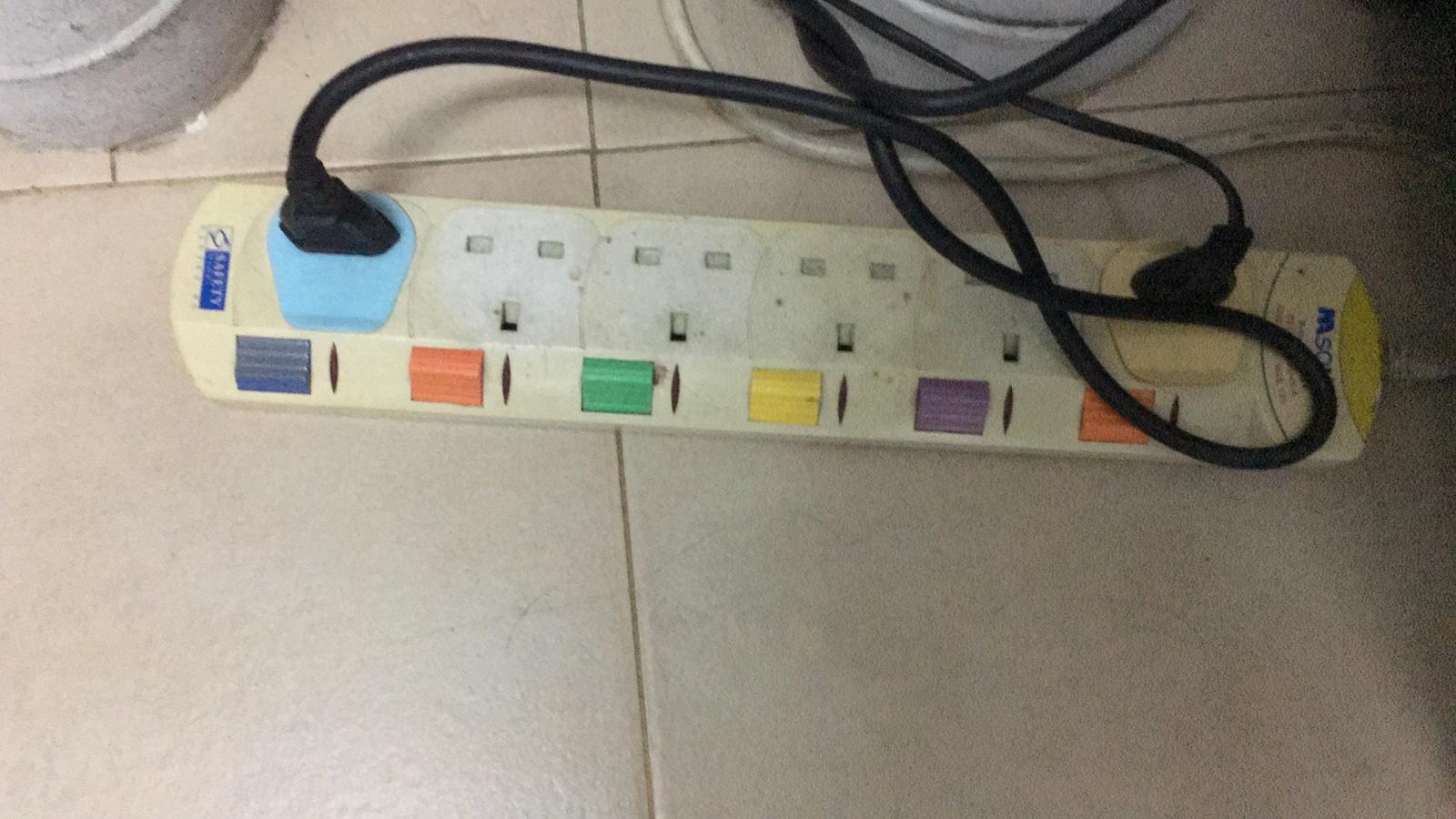
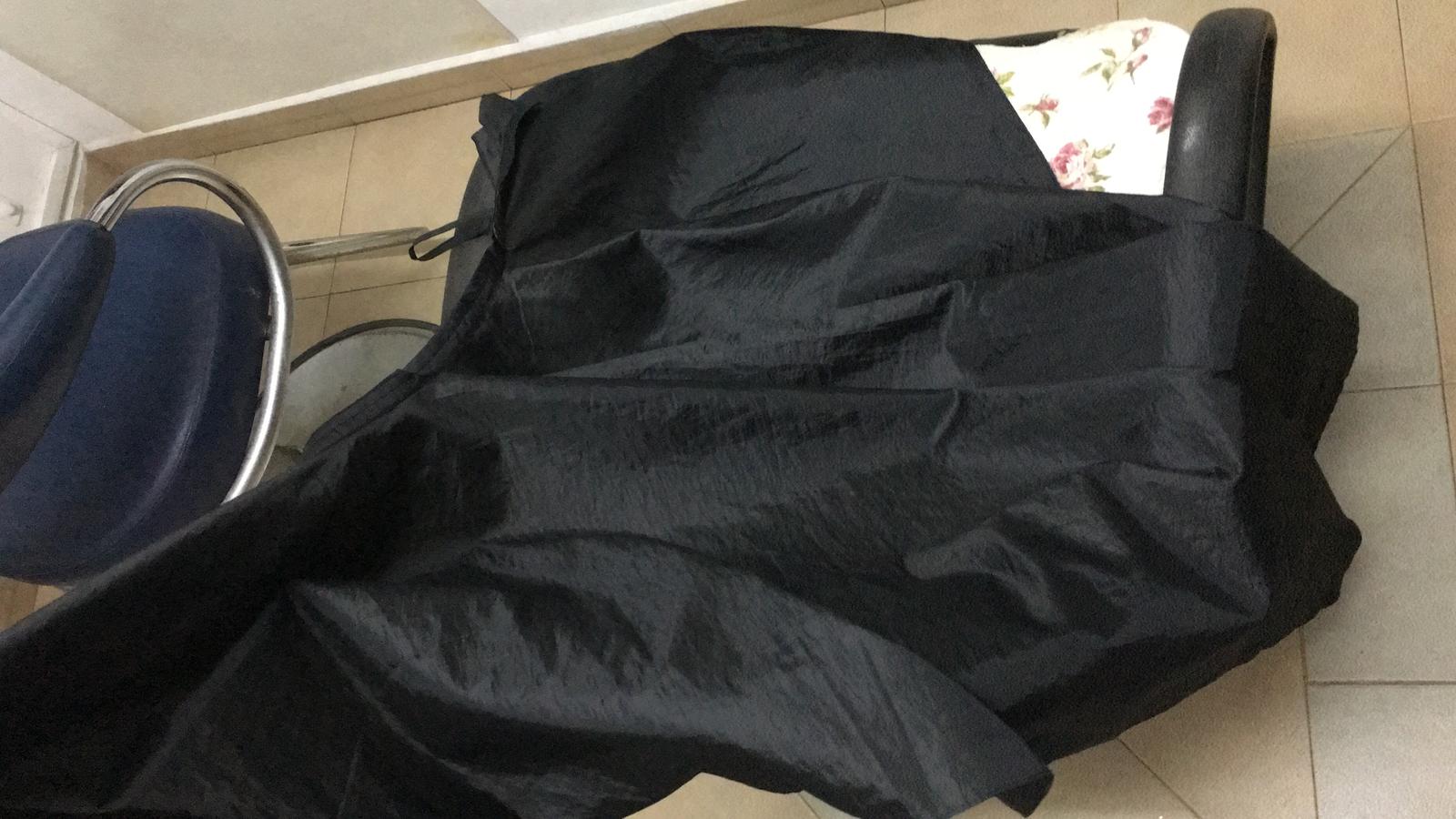
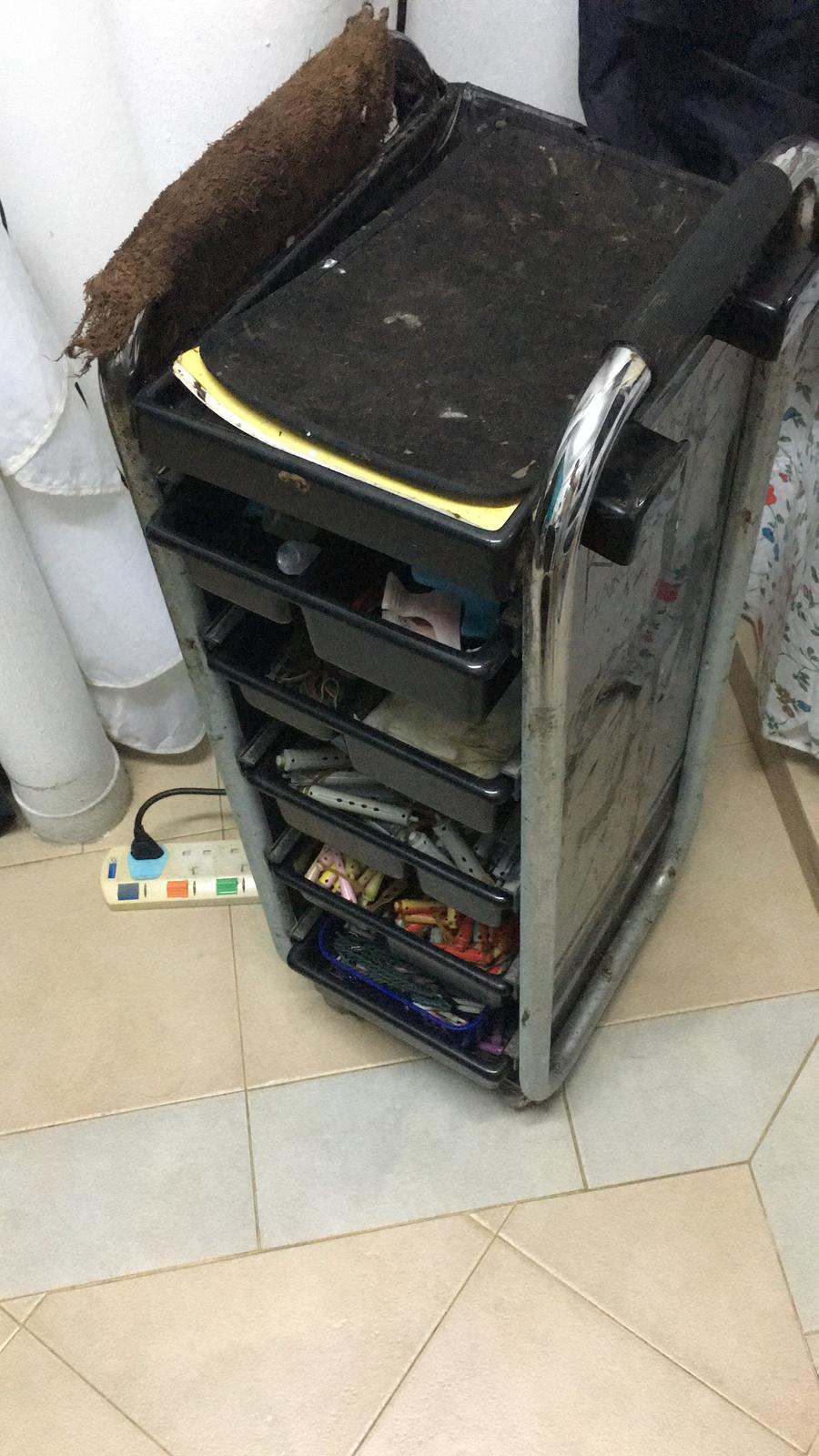
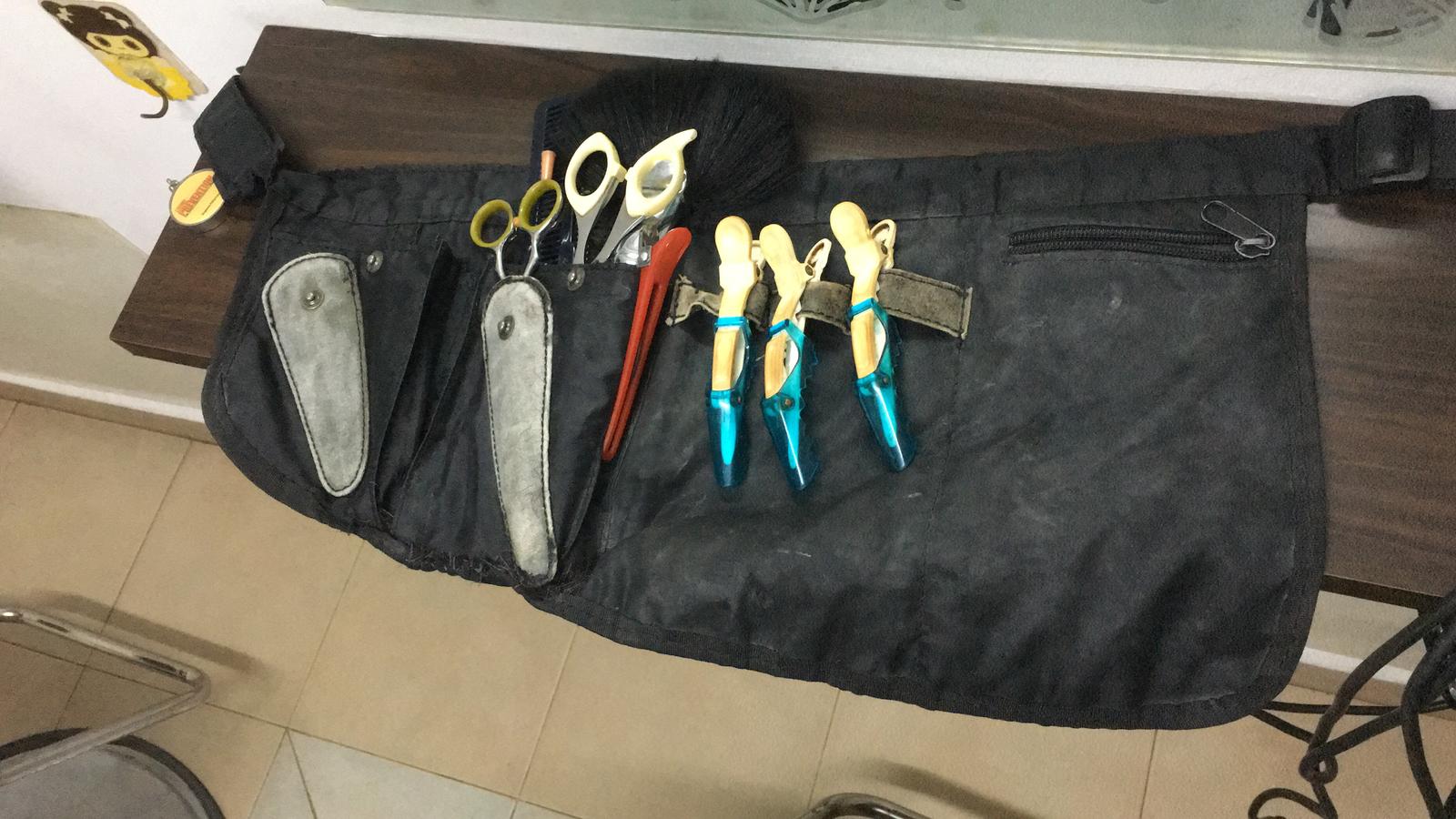
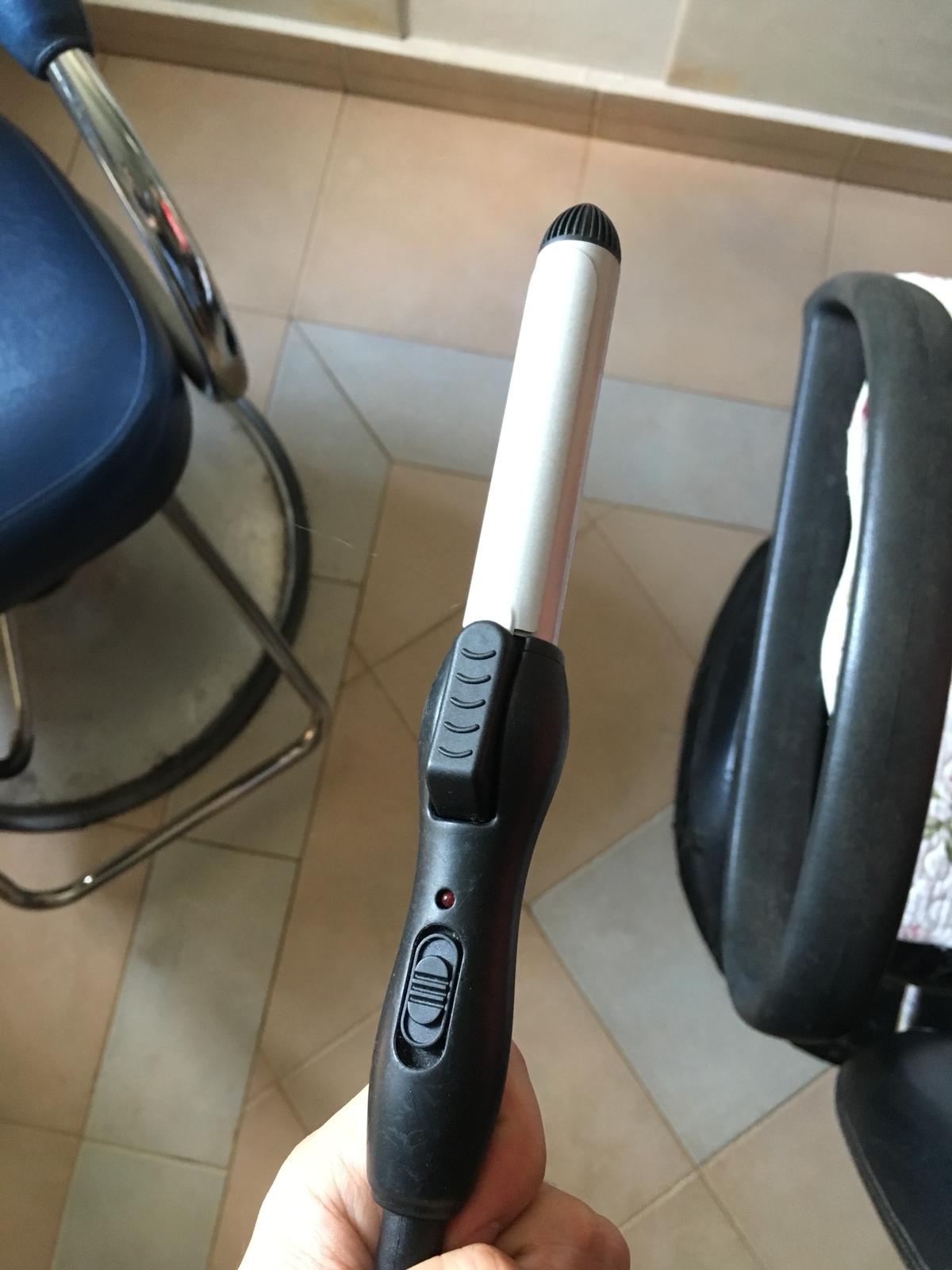
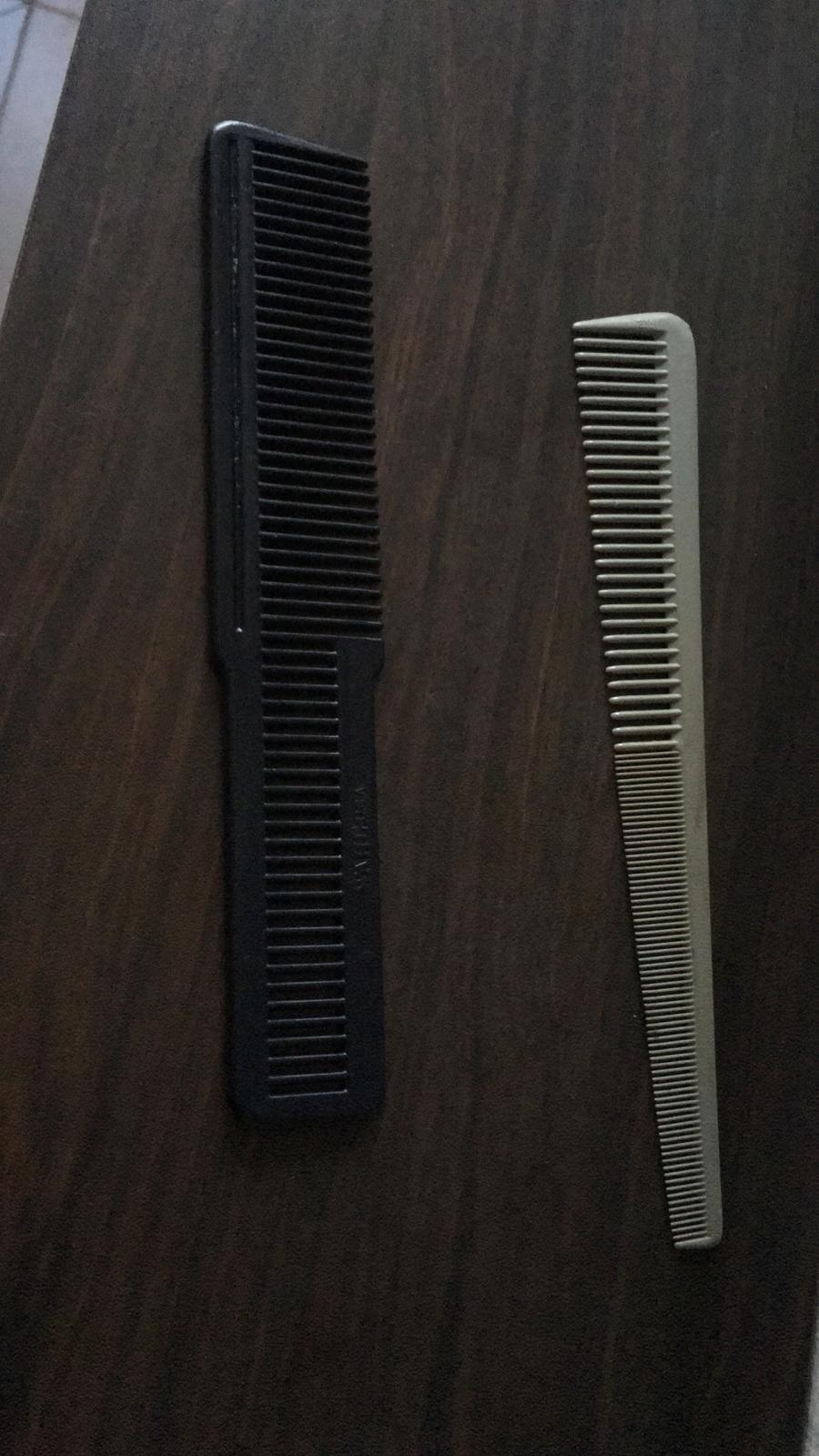
Thoughts:
A basic hair-cut process can be performed anywhere as the tools required are compactable into a toolbelt, and does not need power to be operated. Advanced hair services such as colouring and styling however incorporated more tools that requires a power source. Additionally, there needs to be a chair for clients to be seated down while the hair service takes place. Essentially, this creative profession can be performed anywhere as long as the required tools and a power source are present. So maybe something can be designed to make it easy to carry all the required tools, doubles up as a chair, and incorporates a power source.
Worksite documentation:
I visited a seamstress to observe her at work, as well as the various tools that she needed for her creative profession. She has her own workspace that is the size of two sewing machine-tables. Two different types of sewing machines are needed because there is two main type of sewing stitches needed to create an article of clothing. At her workspace, we also has an entire wall-shelf decorated with threads of different colours and sizes. This is to ensure that she can colour match the thread to the various coloured clothing that customers bring in.
Pain Points:
She requires many different types of tools, which are kept all over her workplace. In the profession of sewing, there are also many tools that are small in size. So she has to be very careful where she keeps her tools, so that she does not misplace and cannot find anything.



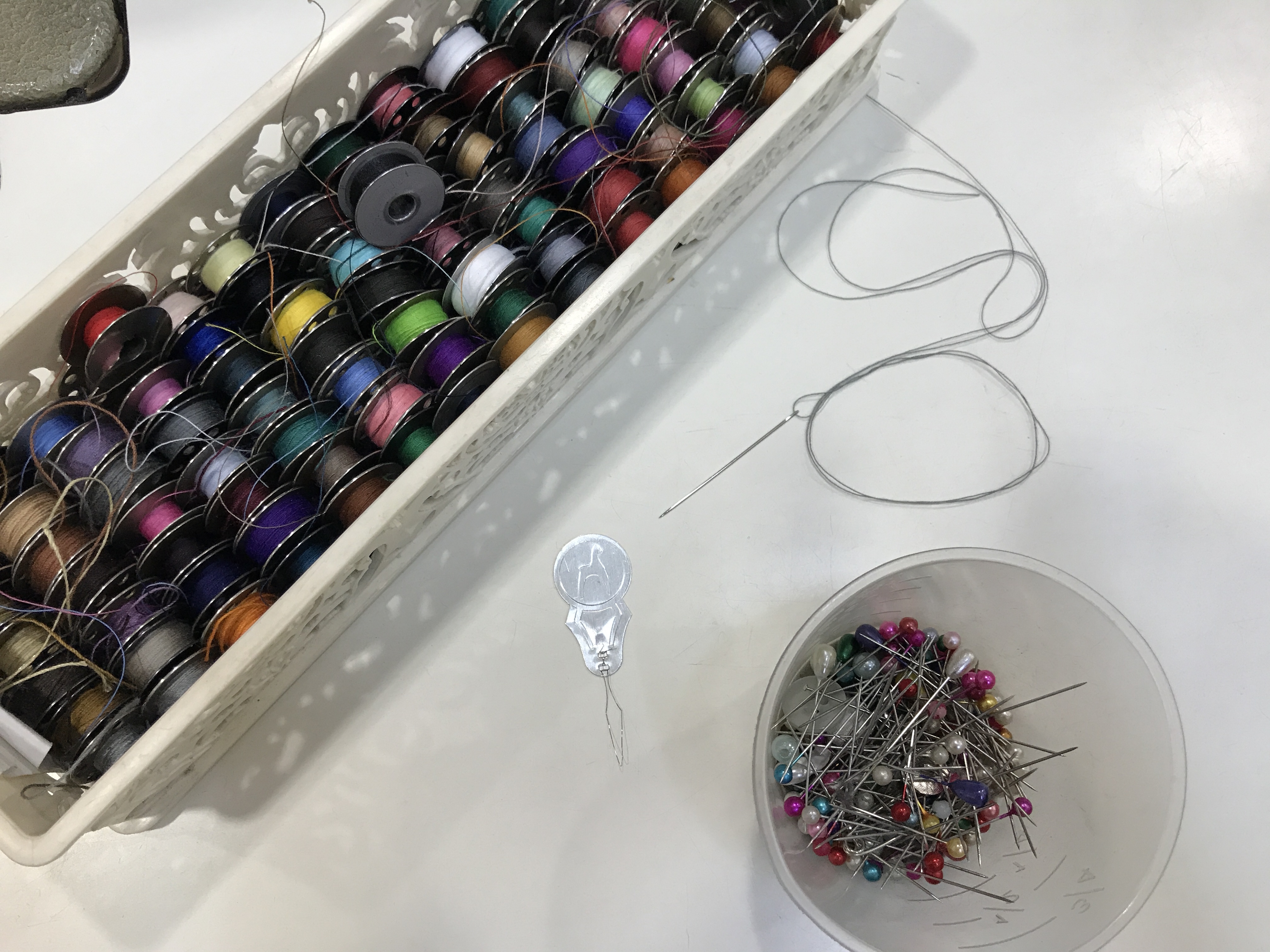

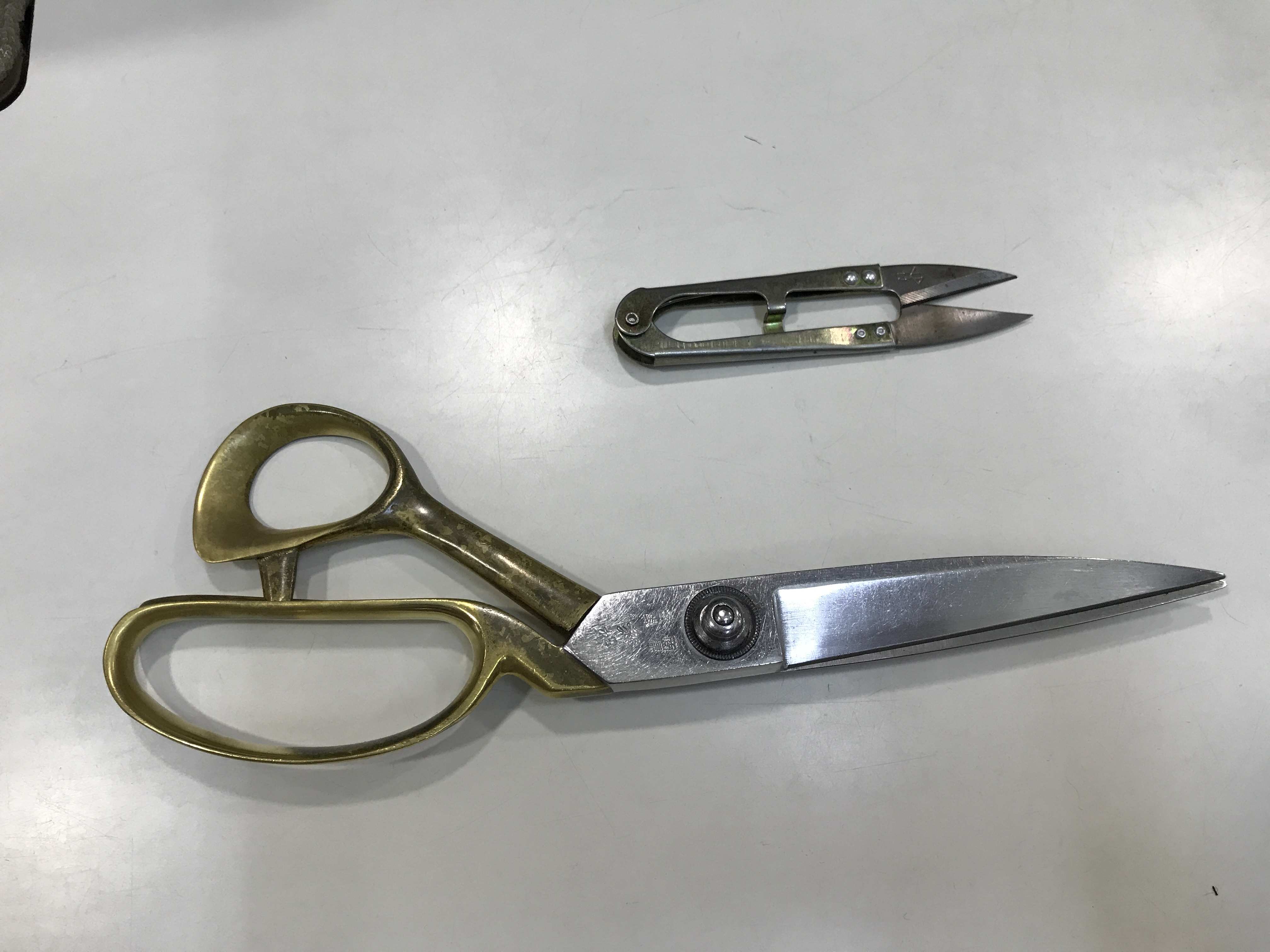
From the various tools that she shared me, I wanted to create a device that incorporated as many of them as possible, and I came up with the assistant glove.
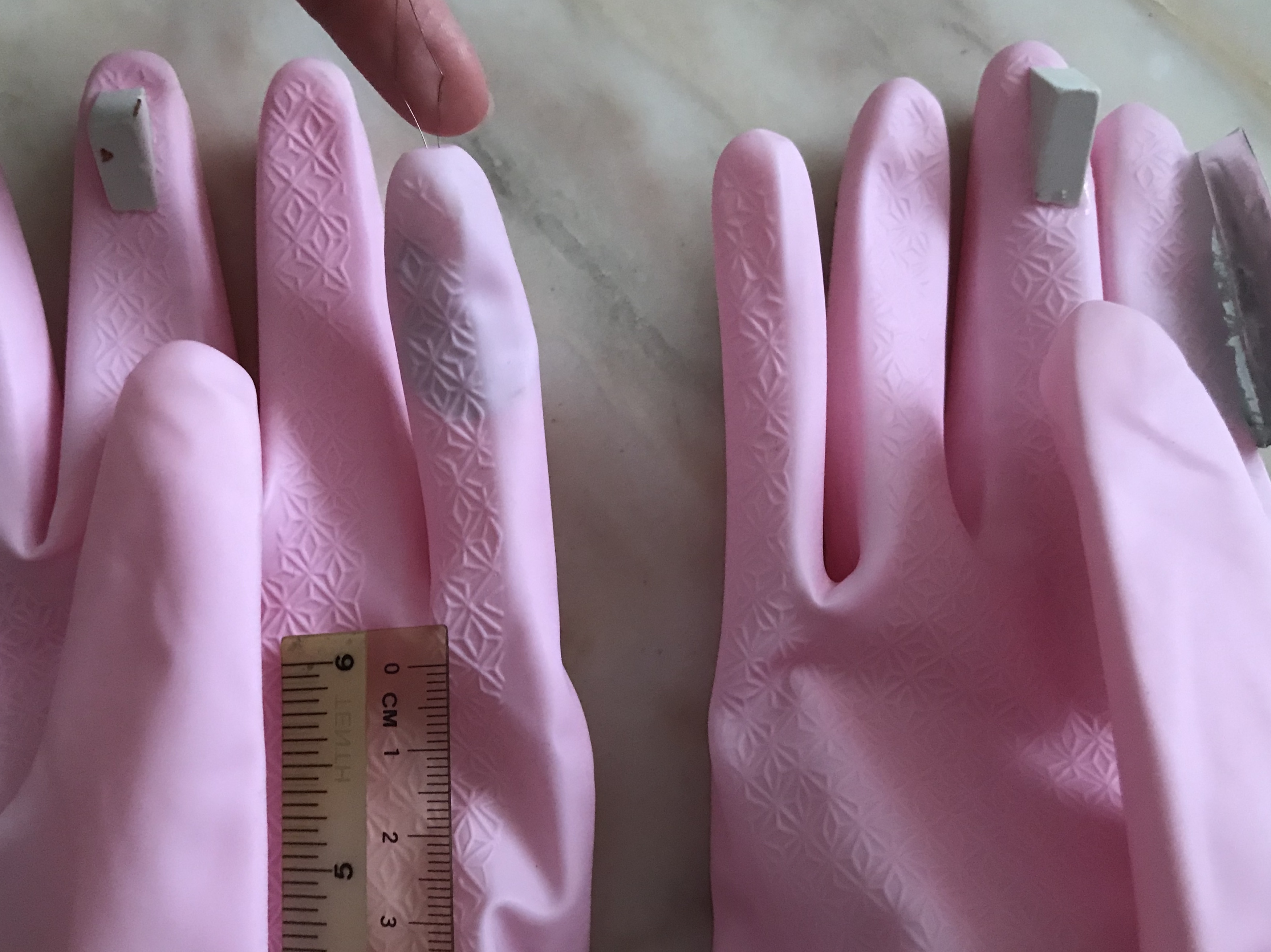
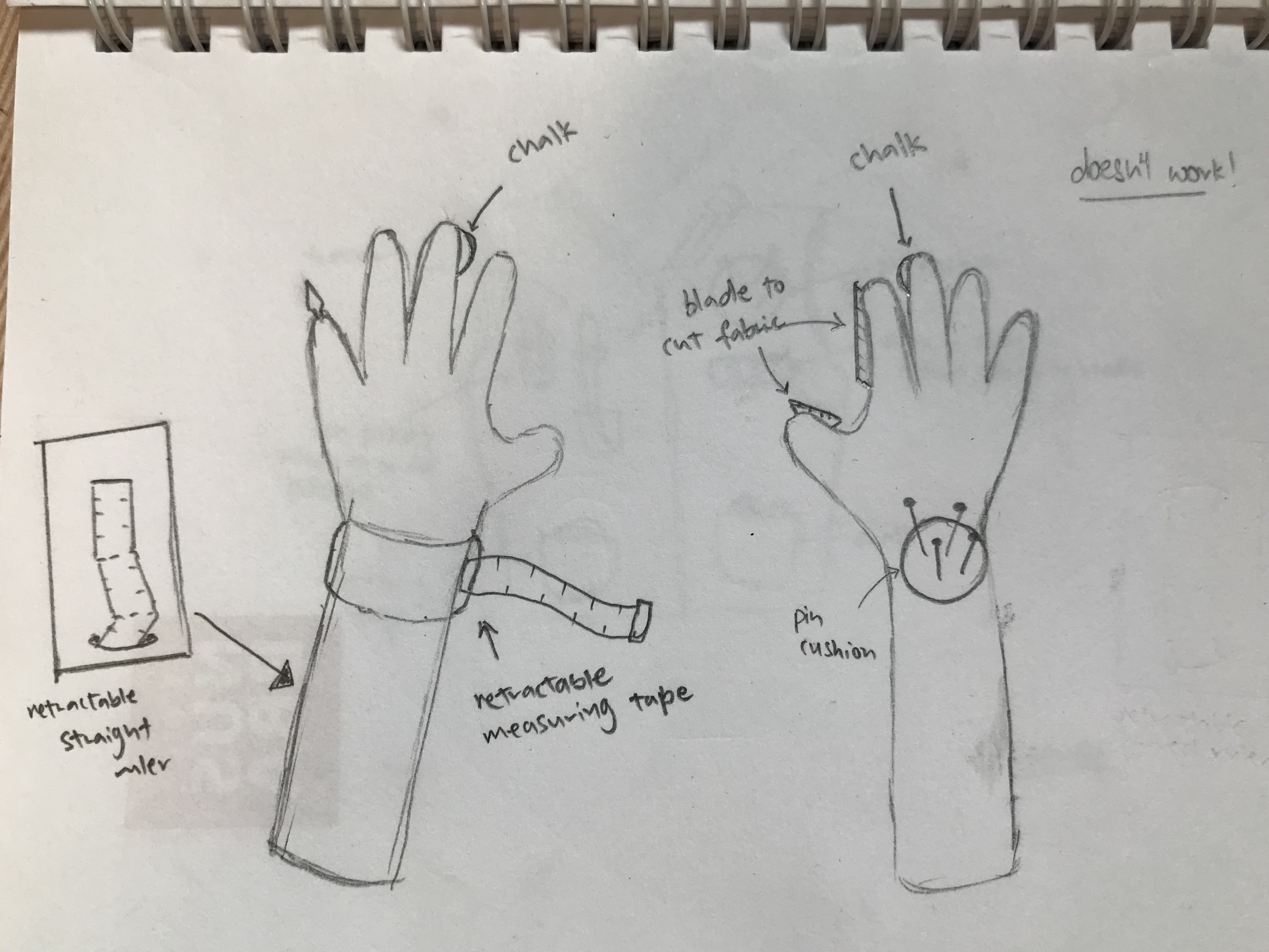

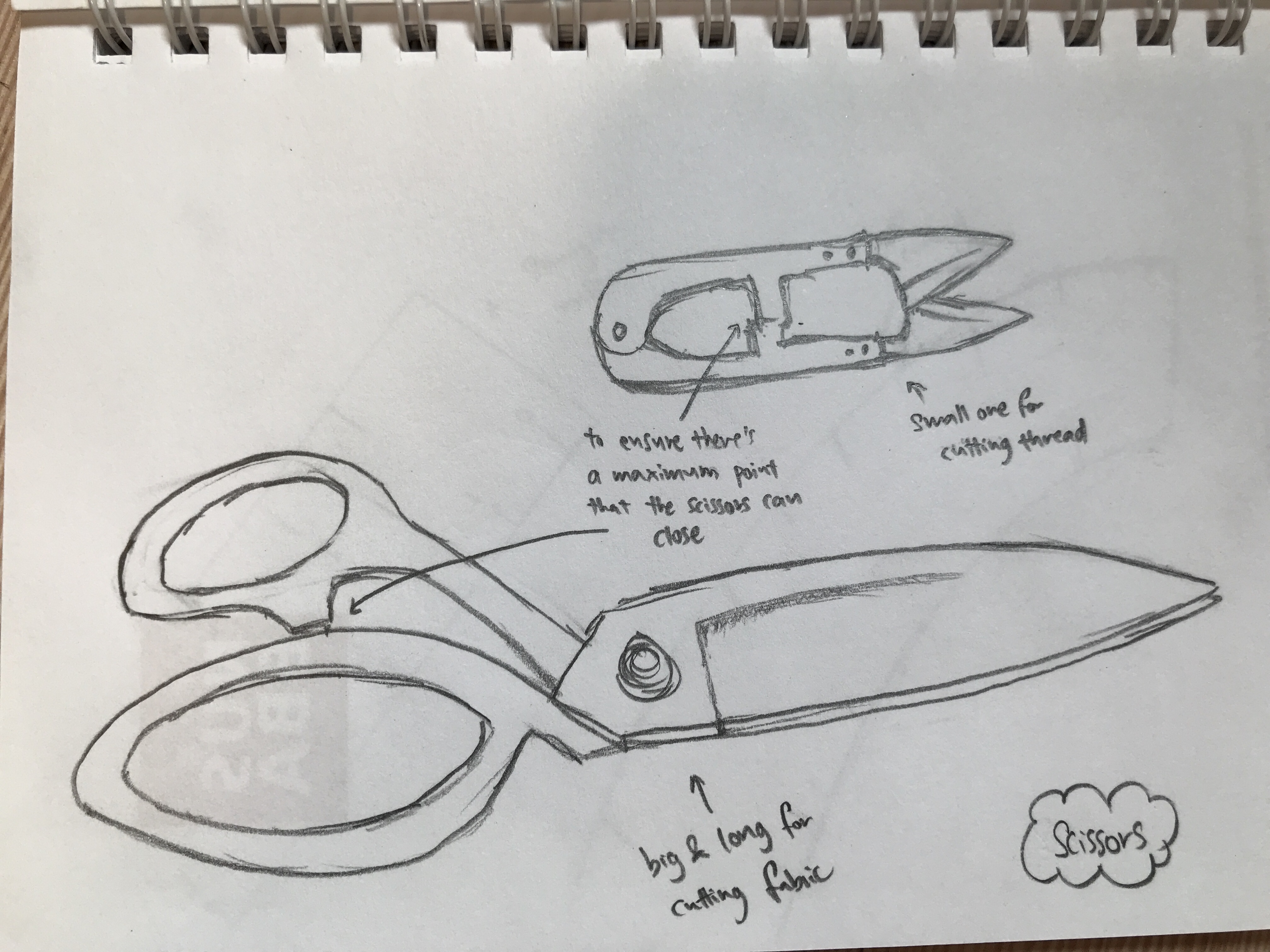
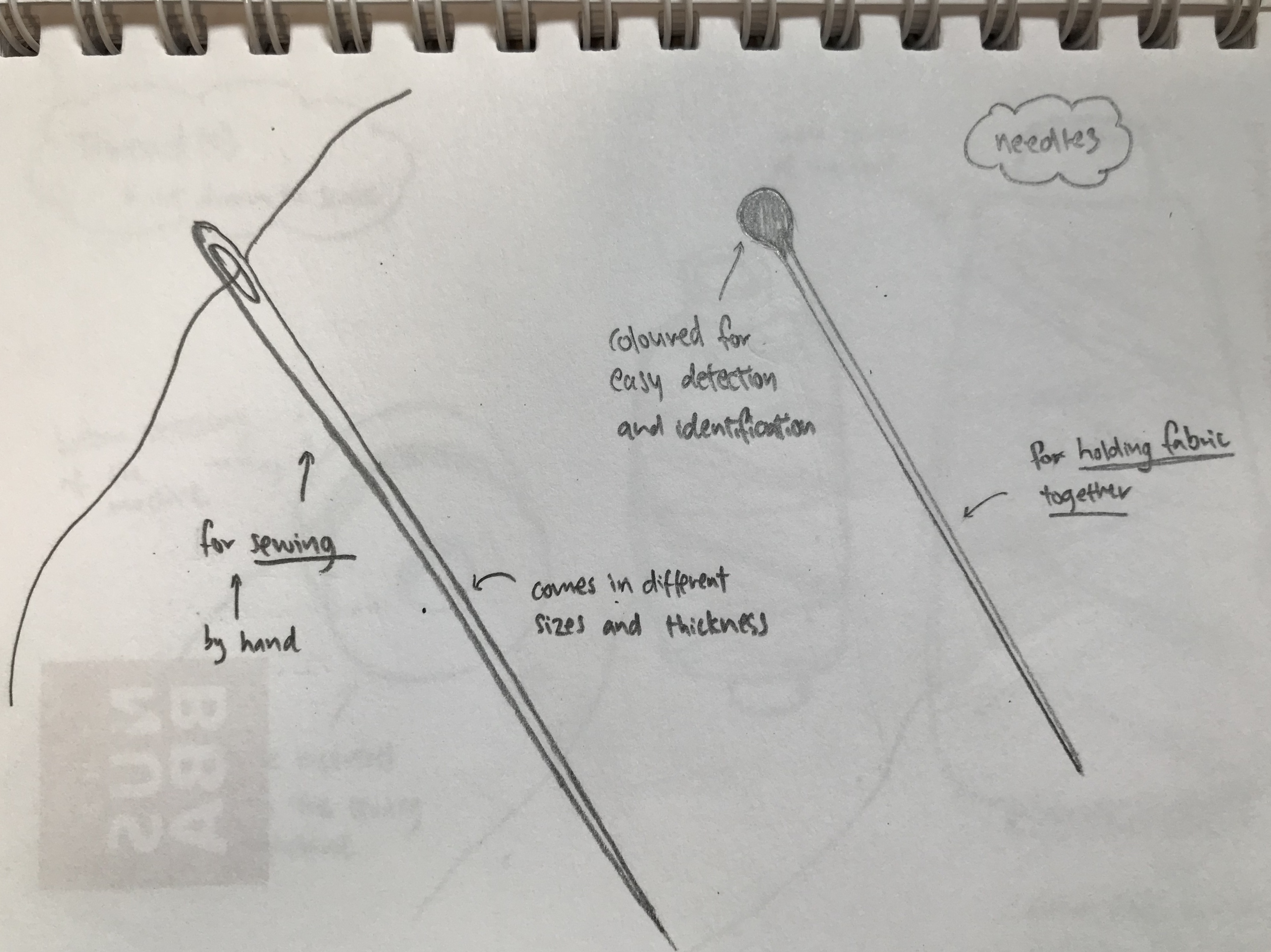
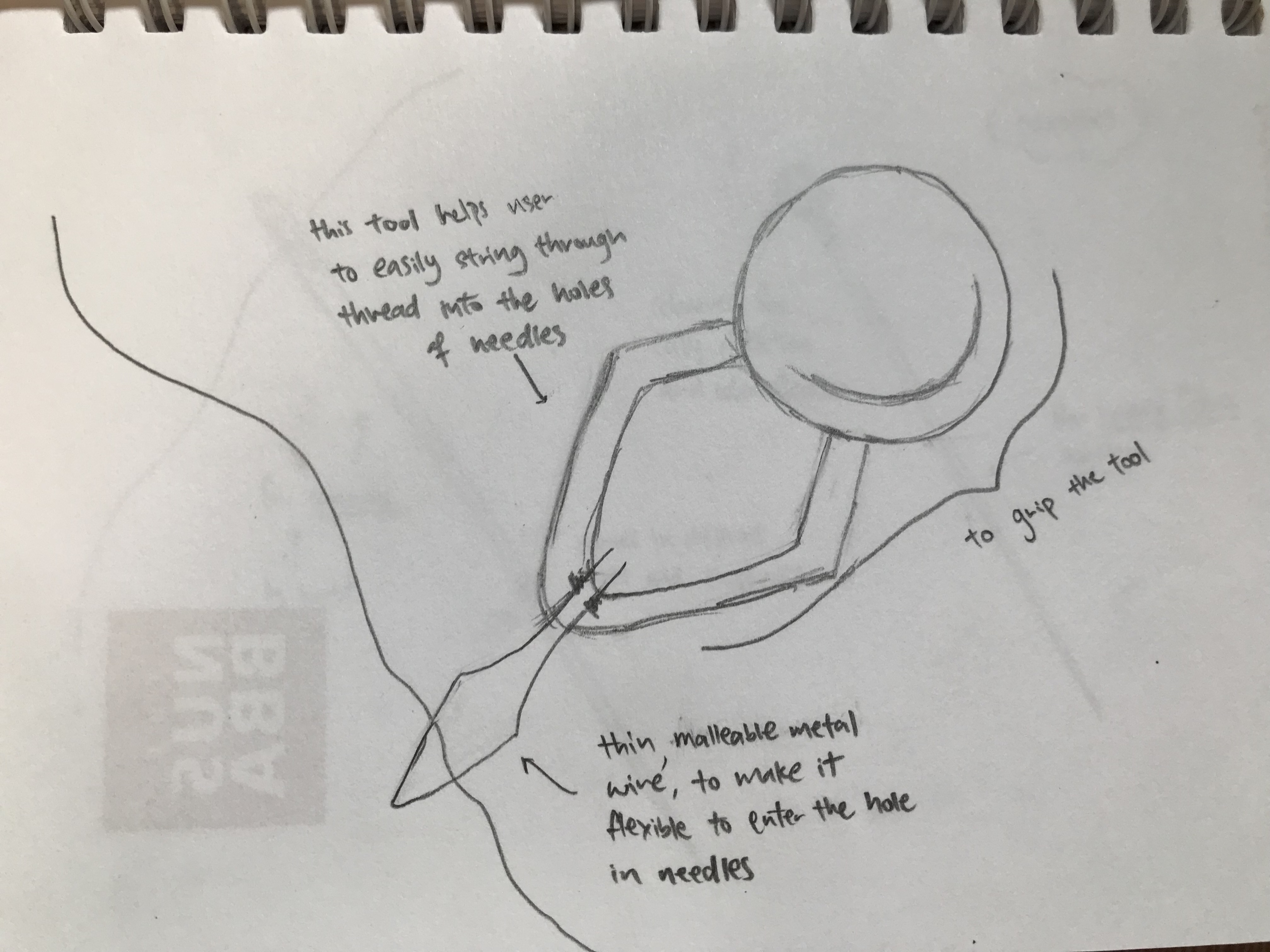
The tools incorporated included: a pin cushion, drawing chalk, scissors, a retractable straight ruler, a measuring tape, and a needle threading tool.
Initially, I thought that maybe it could work. After I created the model of the device, I realised that it was just a creative concept, but not functional. I put on the glove and tried to use them as if I were a seamstress, and thought that they were impractical, and would not work well when put into use.
This assignment made me realise how important making models and prototypes were. It is not enough to think of an idea, but building the actual idea will help you see if the idea is actually functional.

A better device would actually be a vest that gives them organization and easy access to their many tools! Sometimes thinking of a fancy idea may not be the best thing, but just a simple object that assists them in their daily activities is the sufficient enough.
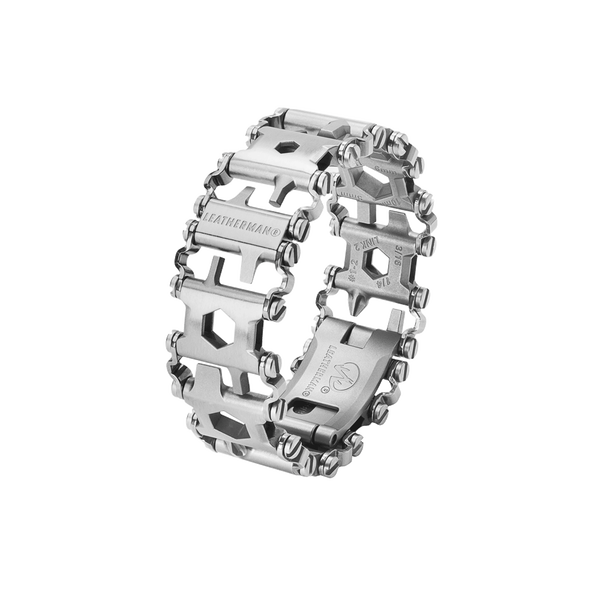
Practice it works in
There is no specific practice that the Tread is specifically designed for. However, it is the most practical for jobs that deal with maintenance and repair, such as maybe bike repairperson, or an electrical appliance repairperson.
Specific use
It is a wearable multi-tool bracelet, that features 29 different tools and customizable links. It consists of 3 Phillips, 3 screwdrivers, 6 box wrenches, 8 hex drives, 2 flat screwdrivers, 1 square drive 1 oxygen tank wrench, 1 carbide glass breaker, 1 pick/sim card tool, 1 cutting hook, 1 socket drive adapter, and 1 bottle opener – all of different sizes. This all in one bracelet reduces the need to carry around 29 of those individual tools.

Mobility
This wearable tool has great mobility as it is a compact device that fits a total of 29 tools around users’ wrists.
Utility vs Fashionability
It is an extremely useful tool if you regularly need to make use of wrenches and drivers – especially if you need more than 1 size of those tools. The design of the bracelet is also simple and sleek. The reviews of the Tread showed that users found the tool functional, and one of them also mentioned using it as an Apple Watch band.
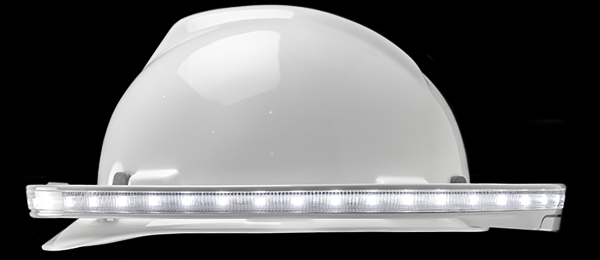
Practice it works in
The main purpose of the Halo is meant for construction workers. But can also be used for any occupation that requires a light source.
Specific use
The Halo is a “Personal Active Safety System”. It is a ring of light that is attached to the helmets of construction workers, enabling them to see and be seen over ¼ mile away, in all directions, at all times. The device produces up to 202 lumens in 360°, whereas the usual headlamp produces only 50-70 lumens in one focused direction. This is especially useful for when they work at night or at a dimly lit area.
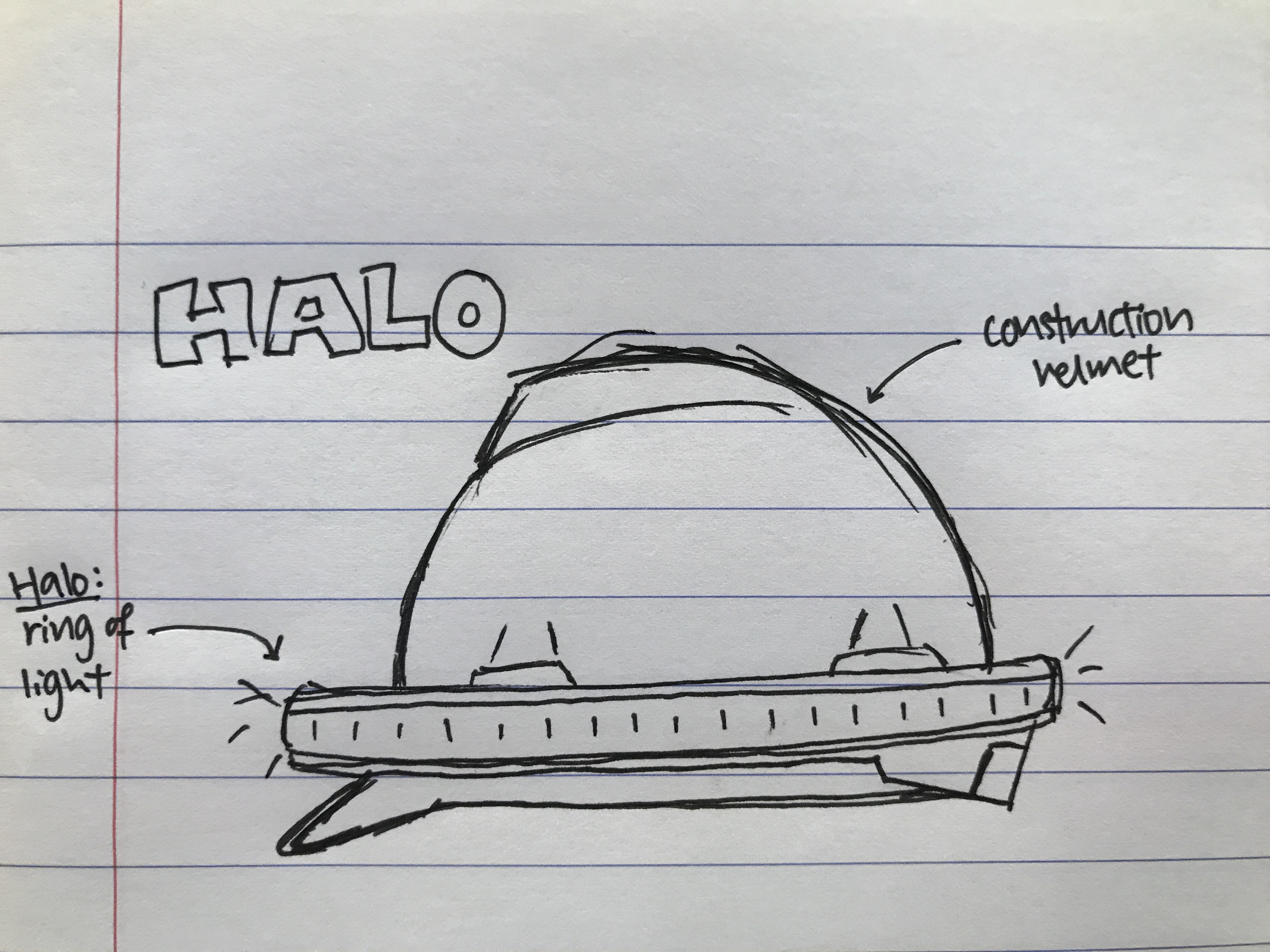
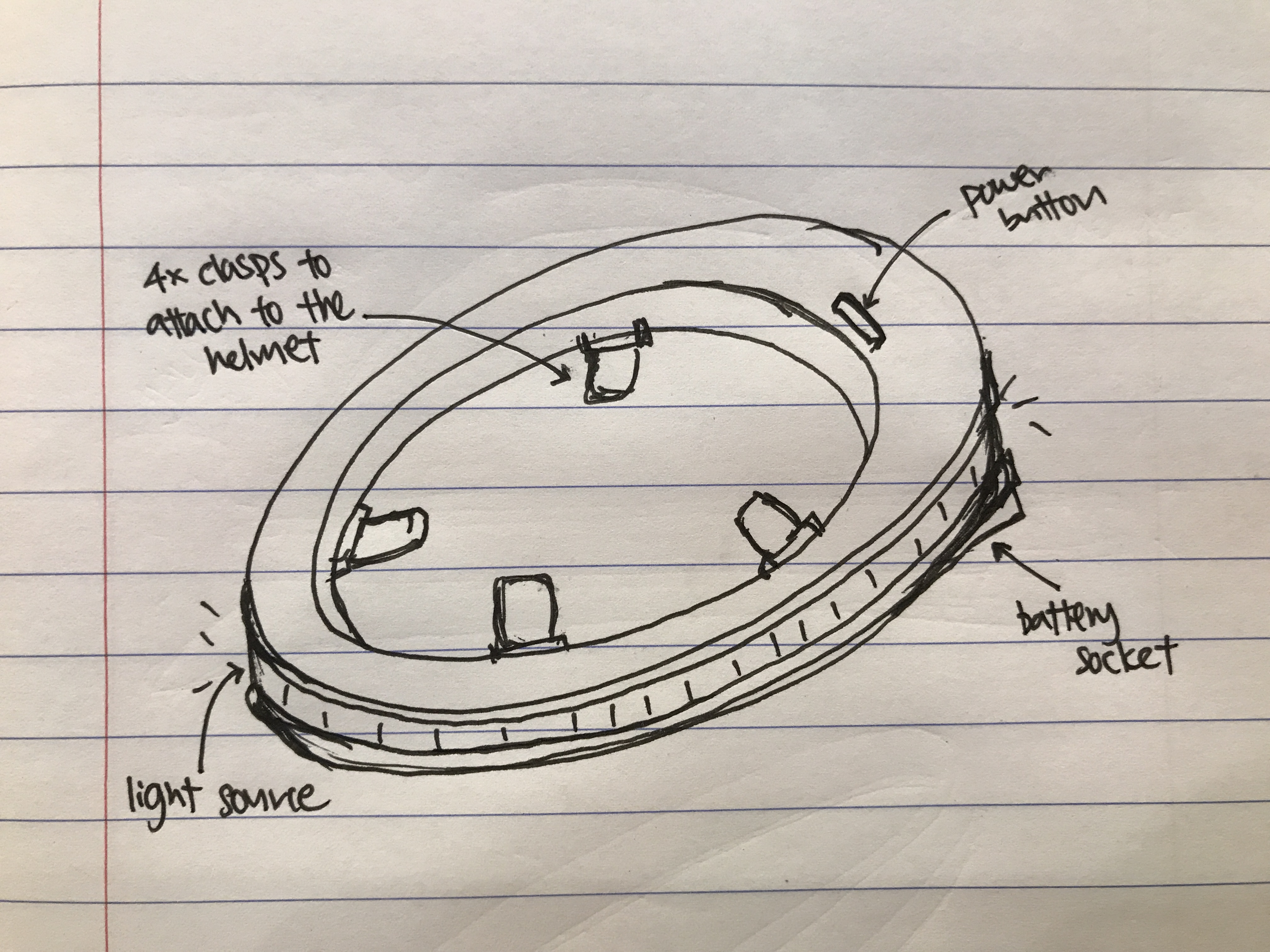
Mobility
This wearable tool is of great mobility. It is lightweight (284g) and cord-free (runs on battery), that just sits around wearer’s helmets.
Utility vs Fashionability
Having a light source is vital in the line of construction work, especially when they are working in a high risk environment – handling heavy equipment and prone to serious injuries. Thus visibility is of high importance. The design of the Halo is very simple and minimalist, that does not look ugly nor bulky. However, I would feel that it is more practical than fashionable.
By Rachel Teo Wye Shyn (A0138418B)